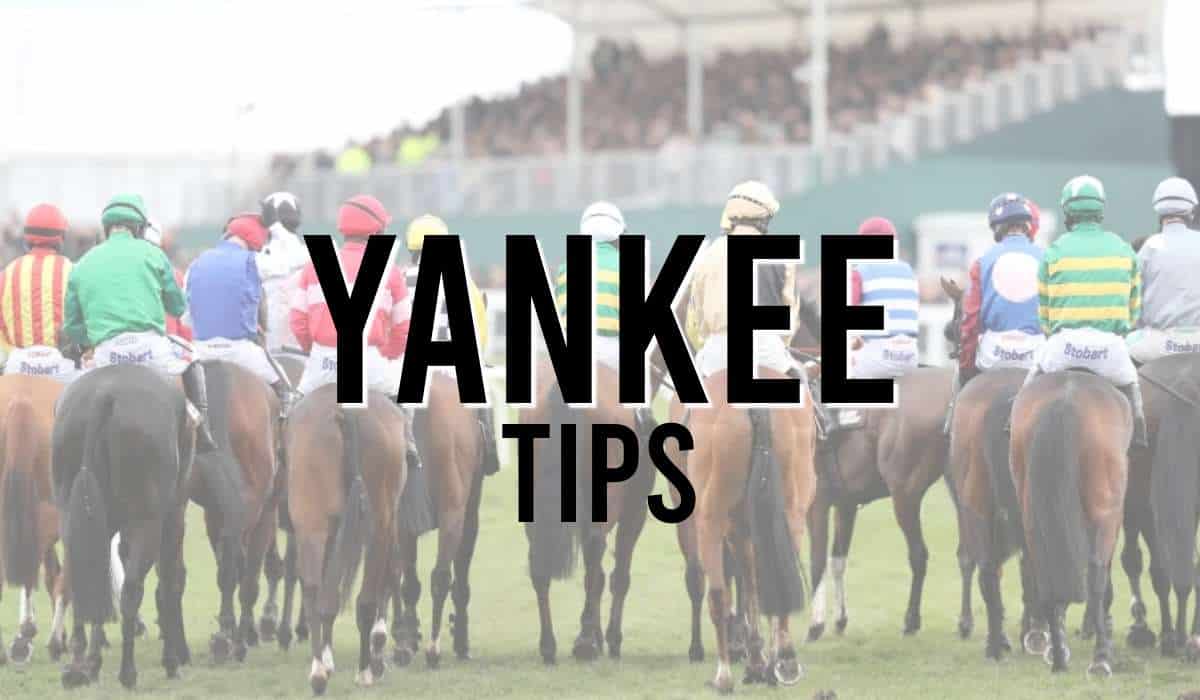The world of horse racing is full of tips and opinions. In this guide, we run through a few ways to try and help you pick a winning horse.
When betting on horse racing there is always an element of luck needed. Some punters simply pick a horses’ name which they like or jockey silks which stand out from the others!
However, when you learn to read the form guides and listen to ‘people in the know’, you can find strategies to help you make a more informed selection and hopefully find yourself a winner or two!
Our panel of experts provide daily tips for Friday‘s racing and you might be really interested in these guides.
- Dark horse tips for today’s racing
- Outsider tips for today’s racing
- Lucky 15 tips for today’s racing
- Each way tips for today’s racing
- Longshot tips for today’s racing
Find out how to pick a winning horse today:
Contents
- 1 How to Find a Winning Horse
- 2 Reading a Racecard and Form Guides
- 2.1 The Race Name
- 2.2 The Horse Number and Name
- 2.3 The Colours
- 2.4 Weight Carried
- 2.5 Draw
- 2.6 Day since Last Run
- 2.7 Form
- 2.8 Gender
- 2.9 Overseas Horse
- 2.10 Distance and Course Form
- 2.11 Equipment
- 2.12 Jockey Name and Claims
- 2.13 Trainers Name
- 2.14 Official Rating
- 2.15 Individual Horse Summaries
- 2.16 Overall Race Summary
- 3 Secrets to Picking Winners in Horse Racing
- 4 Popular Questions
- 5 Conclusion – Backing A Winner and Horse Racing Selection Methods
- 6 Other Horse Racing Tips Related Articles
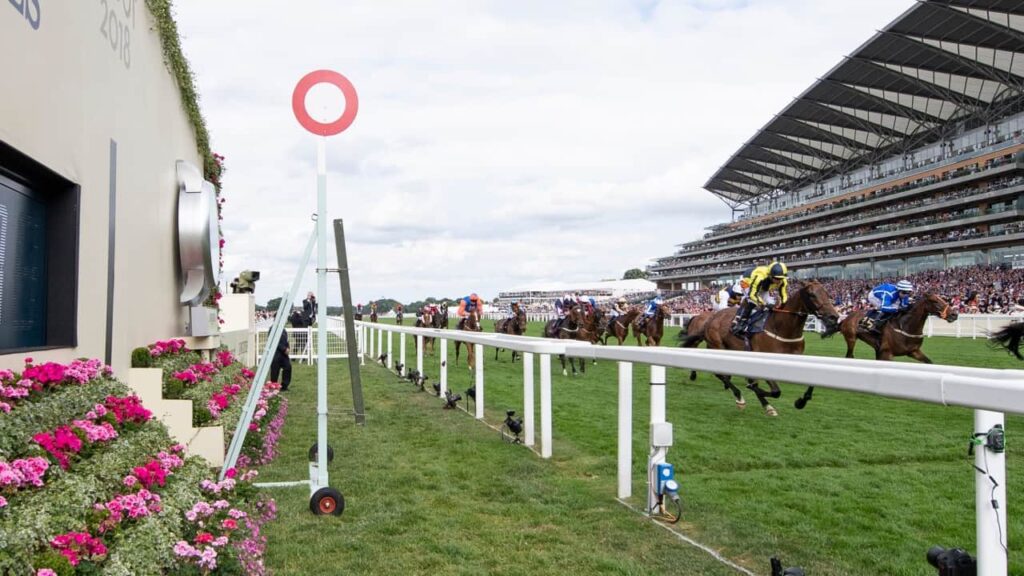
How to Find a Winning Horse
Here are the factors to take into consideration when trying to select a winning horse in a horse race :
- Horse Form
- Going
- Distance
- Breeding and Pedigree
- Trainer Form
- Age
- Connections
- Days Since Last Race
- Course Form
- Handicap Mark or Rating
- Paddock – you can check runner’s physical well-being on sight
- Betting
- How it goes down to the start – you would want a horse to go down calmly and waste not too much energy
The best horse tipsters make sure to study all the horse racing statistics before selecting any horses on the daily tipping services.
We take a look at each of them in detail here:
The Horses Form
This is basically how the horse has performed in its previous races.
A horses’ form will give you a pretty accurate gauge of its natural ability and how it is running at the moment.
You should ask questions such as, ‘has it been running well in hard races or losing in easy races?’, ‘is the opposition today easier or harder than last time?’ and “is the horse improving?”.
Asking these questions and looking at previous runs overall, will give you a good indication of its talent.
Most of the time it’s good to back a horse “in-form” or one you think is hitting form.
Check out our guide on how to read horse racing form.
The Going
Going is basically the ground conditions that the race is taking place on.
In the UK and Ireland ground and going conditions are defined as:
- Firm
- Good
- Soft
- Yielding
- Heavy
Firm is the quickest and hardest type of ground (typically found in the summer months), heavy is when the ground is difficult to get through and very muddy, typically this is found in the winter months.
If the ground is in between two of these terms, two of them can be combined together, such as “Good to Firm”, or “Yielding to Heavy”, to give a more accurate description.
It is often the case that a horse will have a preference for certain types of ground or going, so this is worth bearing in mind when making a selection. For example, if the going was soft you would probably want to avoid a horse that typically liked and ran well on firm ground.
Read more in our horse racing going guide.
Distance
This is the distance that the race is run over.
Flat racing takes place between 5 furlongs and 2mile 4 furlongs and jumps racing from 2 miles to 4 miles and 4 furlongs.
When making a selection you will want to make sure that your horse has the necessary speed or proven stamina (or right combination of both) to run well.
You can work this out based on previous results and how it has performed, also the breeding of the horse often gives clues about what distance a particular horse will appreciate.
Breeding and Pedigree
Breeding is a huge part of the racing industry; with only the best horses breeding at the end of their careers.
When making a selection for a race (particularly if the horse has not run before), the breeding can give a great insight into potentially of how the horse could perform.
For example, if the horse’s sire (father) and dam (mother), were both speedy sprinter types it’s fair to assume that the offspring would inherit some of this. In the same way, if the parents were 3 miles jump chasers they would ultimately instil more stamina in their offspring.
Obviously, this is a very simplistic look at it and breeding is very complex, but it gives you a sense of what you may be able to derive from looking at the breeding.
The Trainer and The Trainers Form
Another factor is the horse racing trainer.
Some trainers are known as being masters of their sport and often the best trainers also have the best horses – think of John Gosden and Willie Mullins.
As well as perhaps wanting to choose a respected trainer it is also worth looking at their current form and form at the racecourse.
How are the runners form that yard performing in general?
Often yards and trainers hit good spells when all their runners seem to do well. Also, some trainers have local tracks where their runners perform well, as travel is shorter for the horses before the race.
Check out all the latest inform horse racing trainers in April 2024.
Age
The age of the horse is perhaps worth taking into consideration, is it a young and improving horse, one at their peak or one starting to decline?
We start racing on the flat from 2-year-old upwards and the earliest we can go hurdling is as a 3-year-old.
Flat horses tend to peak earlier, from 3 – 7-year-olds, whilst jumpers tend to peak later from 7 – 10 years.
Connections
Who are the connections? By this, we mean the owners and also the breeders of the horse.
Some connections are more established and proven than others. Often established connections have more experience and finance and can acquire better horses.
Owners will have a set of colours, these are the silks that a horse runs in, some you will notice as more famous and established than others.
Days Since Last Run
When did the horse last race?
When a horse is fit and well it normally runs every month or so, if this horse has had a longer break than that couldn’t mean it has an injury.
Also, when a horse has had time off the racecourse it can sometimes need a run or two to reach full fitness.
Course Form
As the old saying goes, “horses for courses”, and this bears some truth.
Some horses simply perform better at certain UK racecourses and Irish racecourses than others; this could be that the track suits the horse more. A particular horse may prefer a straight track, one that goes left-handed, one that is hilly, or a flat in nature.
A great example of “horses for courses” is at Chester Races as it is a tight track it strongly favours the front runners.
It is often worth noting if a horse has performed well at a certain venue before.
Handicap Mark or Rating
Every horse that has ran more than 3 runs (or won) is given a rating or handicap mark. This figure gives you an indication of the talent of the horse. This is set by the official racing authority of that country. The rating will give you an accurate indication as to a horses’ overall standard and you can compare that to the other horses in the race.
If the horse is running in a handicap, horses carry different weights (read our guide to horse handicap races), but in an Open Race or Championship, they carry the same weight.
There are lots of different types of horse races and horse racing events so its best to check out the conditions of any particular race before placing a bet.
Paddock
If you are at the racecourse you should go and look at the horses in the paddock, apart from it all being part of the thrill of a day at the races, you can see how a horse looks physically; does it look fit, healthy, is its coat shiny? Or is sweating, nervous-looking?
A runner’s physical wellbeing can be observed properly at this time.
Having a look at horses in the flesh will give you a good indication of their current condition and frame of mind.
Betting
The odds for a race will be released by both online betting sites and in betting shops normally the day before a race – check out tomorrow’s racecards and today’s racecards, in advance to get an idea of the early prices.
These betting odds tend to give a good indication of how a horse will perform, the bookies never tend to be too wildly wrong in their odds and prediction!
Depending on the size of the odds you can then choose the type of bet you want to place, whether a win, each-way bet or something more exciting. If you are looking enough to win on any bet they remember to use our free bet calculator which will work out all your winnings!
Reading a Racecard and Form Guides
Much of the above information will be found on horse racing racecards online and in physical programme form at a racecourse.
However, with an array of letters and numbers, these can be difficult to understand. Fear not, we run through all you need to know to extract the information that you need.
The basic info you will find on a racecard is:
The Race Name
At the top of the racecard, there will be the race name, the distance, the entry requirements, race classification and sometimes the prize money.
The Horse Number and Name
The horses will all have a number at the side of their saddle clearly displayed so you can identify your selection. It will also have the horse’s name!
The Colours
The raceard will show the colour of the silks worn by each jockey so you can spot your horse from all the others when they are in the actual race.
Weight Carried
Next to the number and name of your horse, it will display the weight that the horse is carrying. This is the combined weight of the jockey and the saddle.
In the UK and Ireland, this figure is in stones and pounds.
Draw
In the case of a flat race, a bracket will state the draw – this is the number of the starting stall that the horse will come from at the start of the race.
At some racecourses, there is a bias about where you may want to be drawn in a race. Sometimes there can be a draw advantage if there is a turn shortly after the start or the going is different at different parts of the track.
Day since Last Run
This will be displayed in brackets after the horses’ name.
Form
Next to the horse, there will be a collection of numbers and letters. This is the form.
These letters and numbers reveal essential information about previous runs, namely where a horse finished in their previous races:
- 1 would indicate finishing first
- 2 is second
- 3 is third etc.
- A 0 would indicate that the horse finished 10th or worse
Other letters reveal what has happened if a horse has not finished a race, these include:
- F – means fall
- U – means unseated the jocky
- S – means slipped up
- P – means pulled up
- L – means left at the start
- R – means refused
Gender
You can find the gender below each horse’s name. It’s important to note that colts are young males, fillies are young females, geldings are neutered males, and mares are female horses older than the age of 4. These are displayed as below:
- c for colt
- f for filly
- g for gelding
- h for horse
- m for mare
Overseas Horse
You will be able to see which horses are from abroad or were born abroad.
The country of origins letters shall be displayed next to the horse’s name. For example, FR for France, GER for Germany and IRE for Ireland.
Distance and Course Form
Letters on the right of each horse’s name, such as C or D, demonstrate that a horse has won a similar distance or course event previously to the one they are going to race.
These letters mean:
- C – has won at the course
- D – has won at the distance of the race but at a different racecourse
- CD – has won over that specific course and distance
- BF – would indicate that the horse was favourite in the betting for its last race but was beaten
Check out all of today’s runners and riders with course and distance winning form.
Equipment
Each lowercase letter on the form guide makes reference to a piece of equipment each horse is wearing.
Furthermore, if the number one follows the letter, it tells you that the horse is wearing this equipment for the first time. These are:
- b – blinkers
- v – visor
- e/s – eye-shield
- h – hood
- ts – tongue strap
Jockey Name and Claims
The jockeys name will be displayed next to the horse.
If there is a number after the name in brackets this will indicate they are claiming weight (carrying less weight) as they are an inexperienced jockey.
Trainers Name
The trainer’s name will be clearly displayed on the racecard.
Official Rating
Abbreviated as OR on the form guide is the handicap rating of a horse by the British Horse racing Authority.
The official rating presents an evaluation of individual horses. The official rating can vary depending on the country the race is taking place in.
Individual Horse Summaries
Normally under all this information, there will be a couple of sentences to summarise the overall chance of the horses, this is always worth reading.
Overall Race Summary
At the end of the racecard, there is normally a summary where the person writing the guide will offer their opinion on the likely result. They will write a short paragraph summing up the race in general, again this is always worth reading. In this section they will pick how they think is going to win the race and the main dangers.
Secrets to Picking Winners in Horse Racing
We asked David Dooley who was voted the best horse tipster in 2024 what are the secrets to picking winners in horse racing.
Here is what the leading horse racing tipster provided:
- Find out the going (check weather forecasts to guess the ground conditions)
- Study if the horse has previous course or distance form
- Check for interesting trainer and jockey combination bookings
- Look at recent inform jockey stats
- Money talks – research today’s best backed horses
- Are any horses gelded since the previous run or had a wind operation since last running
- Any horses long-distance travellers for today’s racing
- A new application of a horse wearing cheekpieces or application of tongue straps
- Any horses dropping in class for today’s race
The most profitable professional tipsters who offer their opinions and “inside information” on the races are always looking to find angles like some of the secrets to picking winners in horse racing above.
Using a collection of sources experienced betting experts evaluate what is worth betting on.
Popular Questions
What is the most important factor in horse racing?
The most important factor in horse racing is the horse’s ability on the going.
The ground conditions can have a huge impact on the horse’s chances.
Shrewd punters research the weather forecast in predicting the ground conditions because if rain is forecasted the tipsters will be influenced to choose racehorses with soft ground form.
What makes a horse win a race?
The main factors that make a horse win a race are:
- The ability of the jockey
- The track surface
- The racehorse’s current form
Nutrition, well-being and training all play into the outcome of what makes a horse win a race.
Is horse racing luck or skill?
Horse racing is based on skill and strategy.
A bad horse can be lucky and win a good race – if all things fall into place for the horse.
But a bad horse cannot win a good race, in a good time – so if there are no hard luck stories the quickest horses will win the race.
Sometimes luck can change everything as some horse racing tracks can be difficult to ride and some runners need luck in running to find the gaps during the race.
What should I look for in a winning horse race?
You should look for the following in finding a winning horse:
- Horse with a shiny coat
- Nicely arched neck
- Spring in his stride
- Energized demeanour
Horses in the paddock that are sweating profusely, bucking or exhibiting other nervous behaviour may expend too much energy before the race to produce an optimal effort.
What are the horse racing handicapping factors?
The horse racing handicapping factors are:
- Speed of race
- Finishing positions
- Distance of winner and placed horses
- The running style of the race
The handicapper has a difficult job with some horses being handicapped to win as improve with age and all things from ground and distance fall perfectly.
A horse’s handicap mark guides which race a horse can contest in.
Conclusion – Backing A Winner and Horse Racing Selection Methods
When placing a bet there are lots of variables to take into consideration as outlined above, we believe both the course and ground are key factors.
However, they are now real secrets to picking winners in horse racing but lots of factors to take on board.
Whilst many like to bet on a horse if they like the name, maybe they like the jockeys colours or its a favourite grey horse, sometimes it’s not always best not to leave it to totally to Lady Luck!
Our how to pick horse racing winners guide offers tips on what to look out for when trying to find a winner – looking at everything from reading the form to racecourses, ground, trainers and more. Hopefully, you will find it useful; for a similar article remember to check out our horse racing blog.
Remember that the most important with racing and betting, in general, is to have fun! It shouldn’t be viewed as a serious way to make money and when the fun stops, stop.
If you have enjoyed this picking a winning horse page, here are some other articles related to horse racing tips you may also like:
- Acca Tips
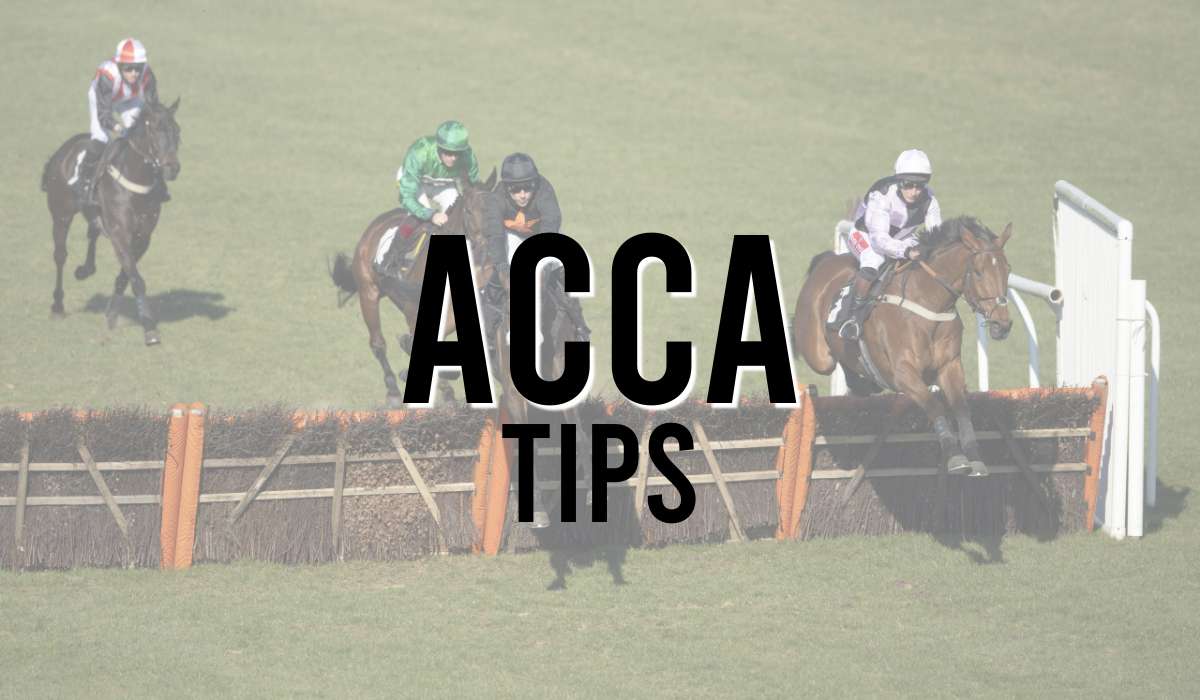
- Aintree Festival Day 1 Tips
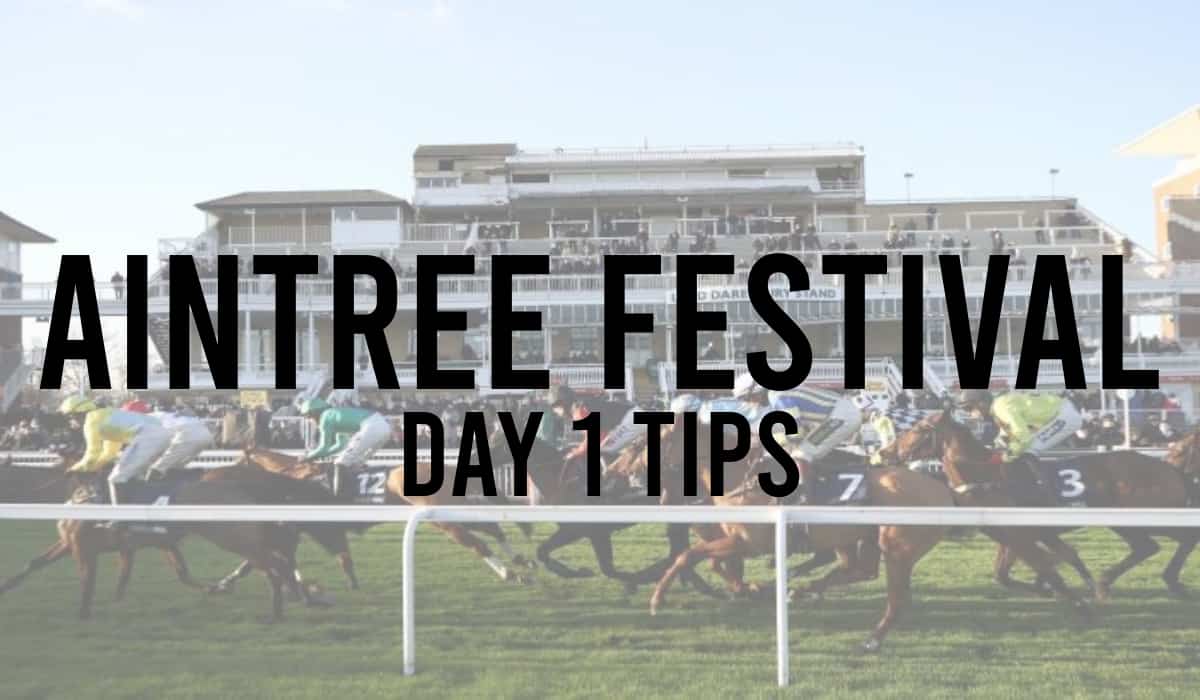
- Aintree Festival Day 2 Tips
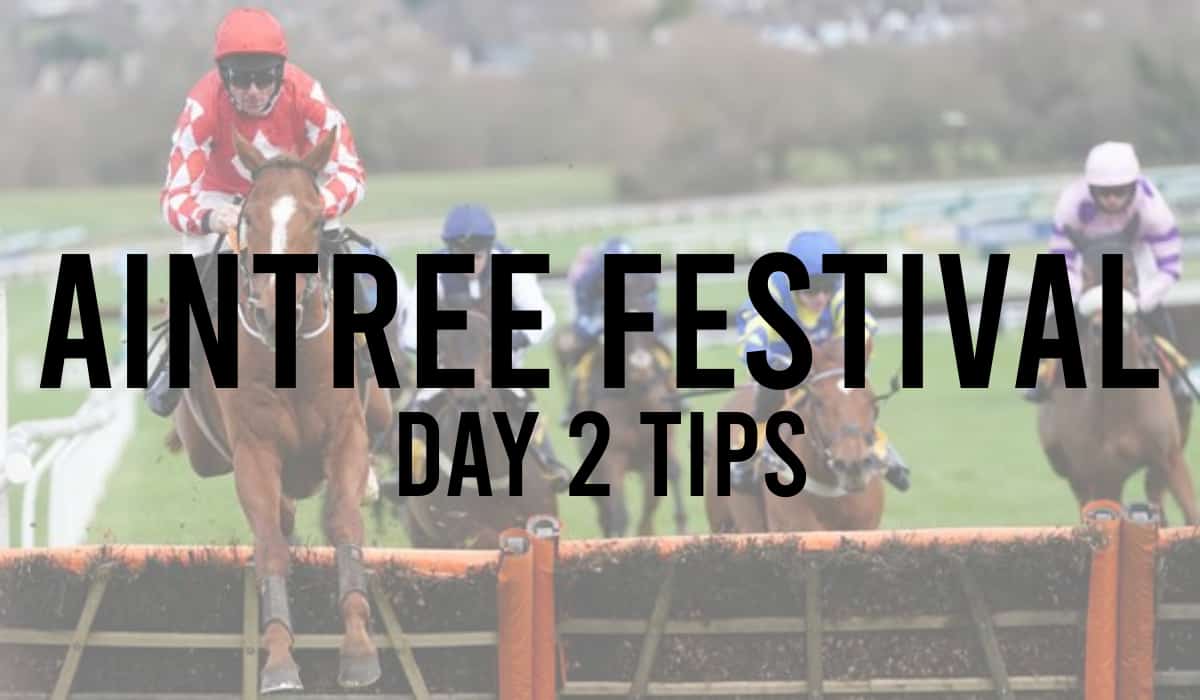
- Aintree Festival Day 3 Tips
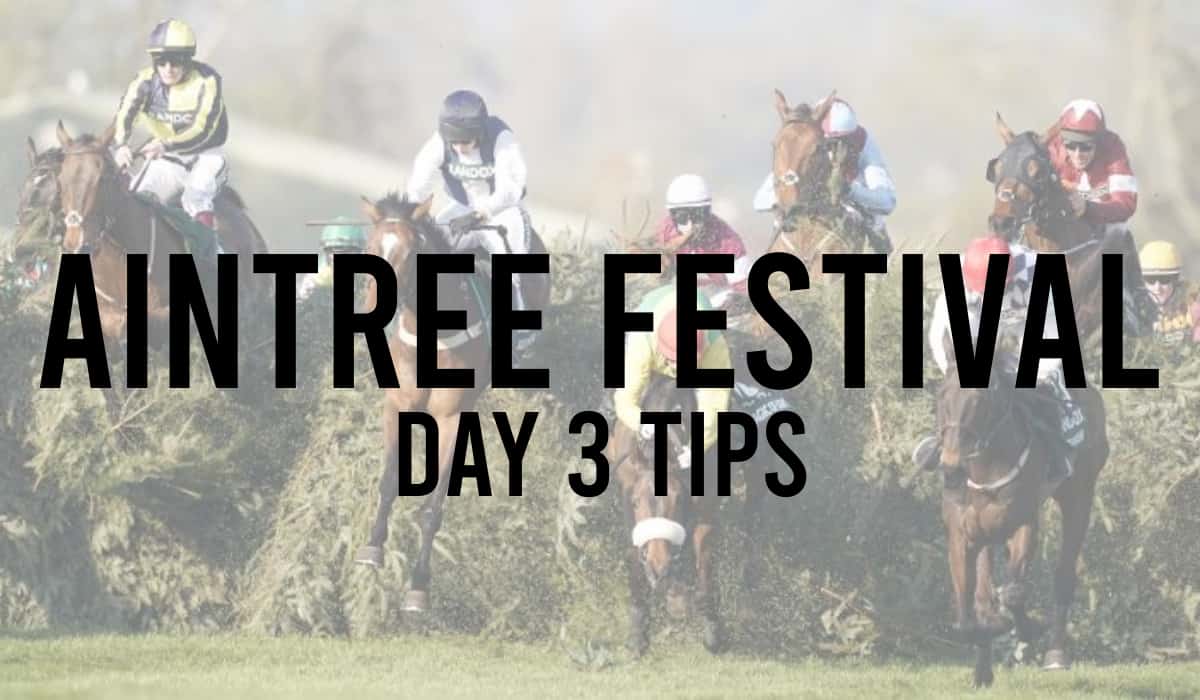
- All Weather Racing Tips
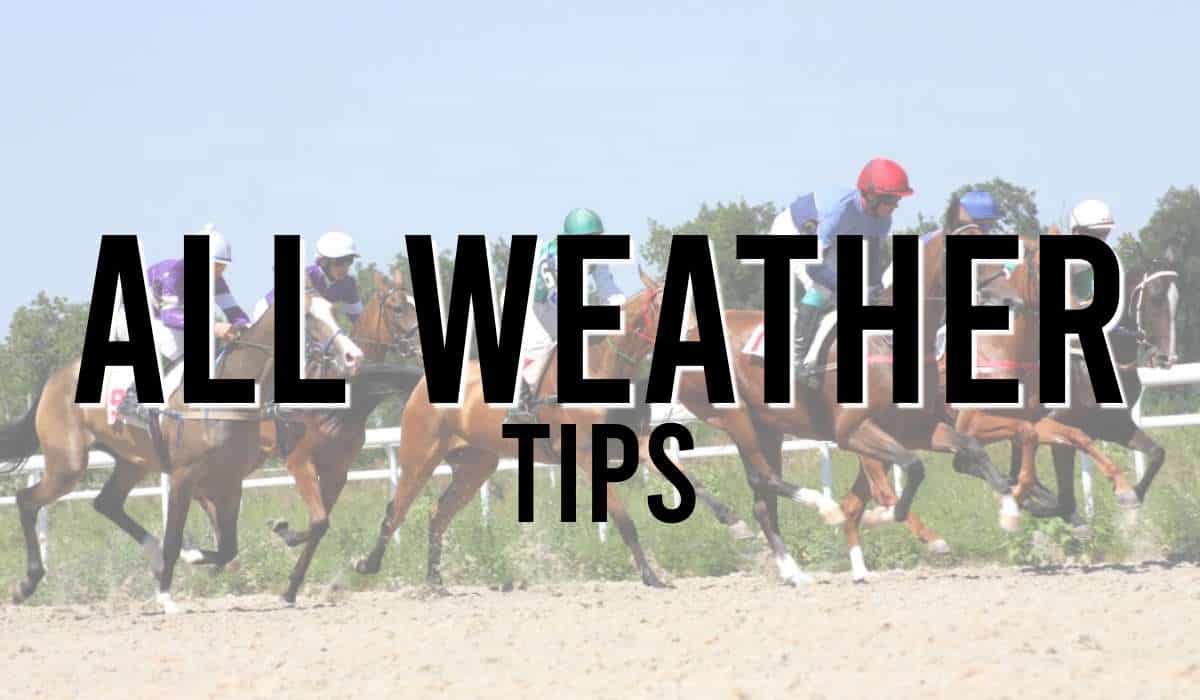
- Best Horse Racing Tipsters
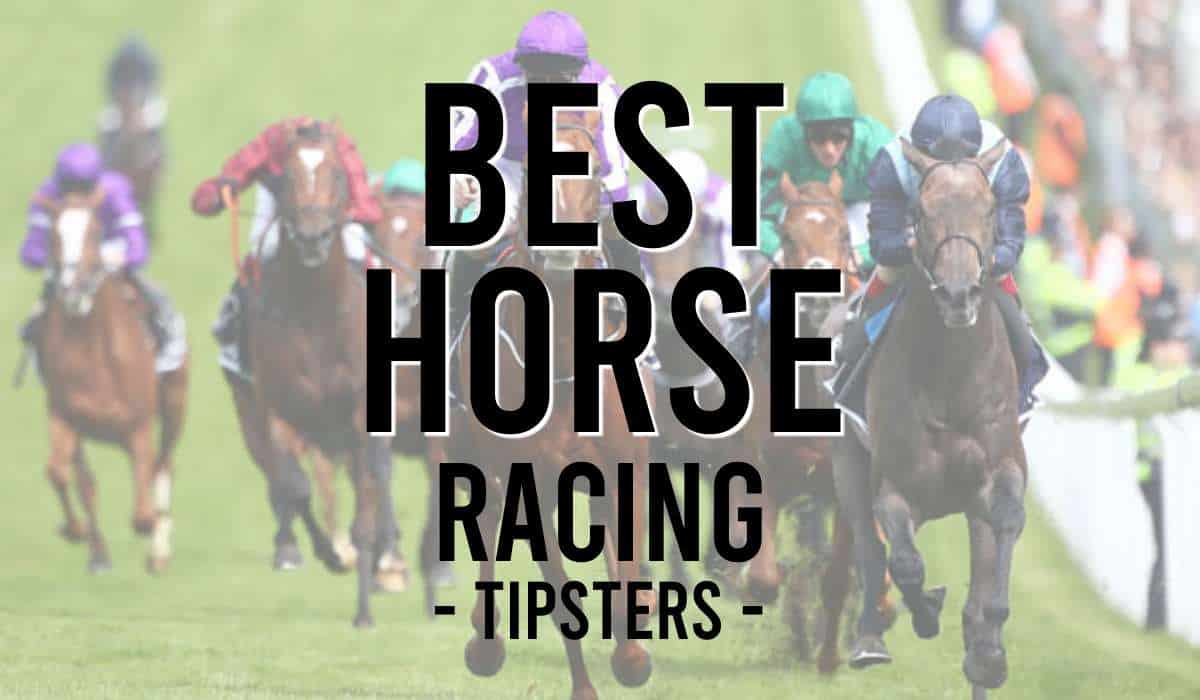
- Best Sports Betting Influencers On Instagram

- Best Sports Betting Tipsters
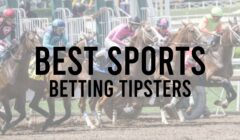
- Best Sports Betting Tipsters on Twitter

- Best Telegram Betting Tipsters Groups

- Betting Beasts
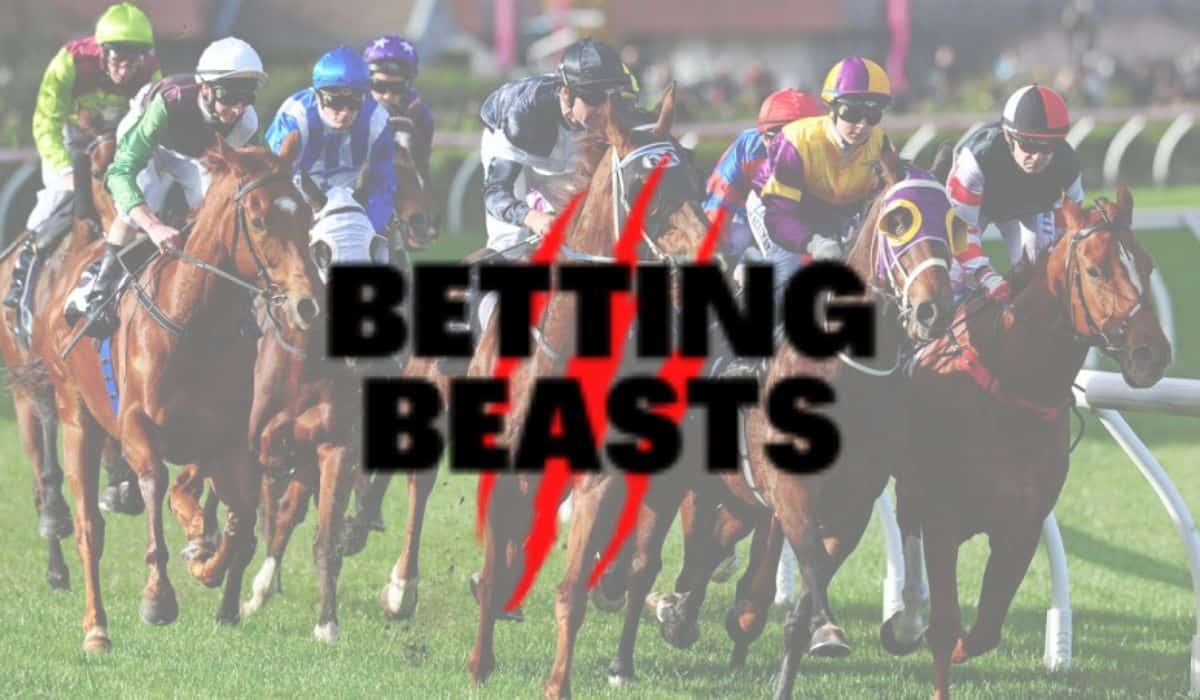
- Cheltenham Festival Day 3
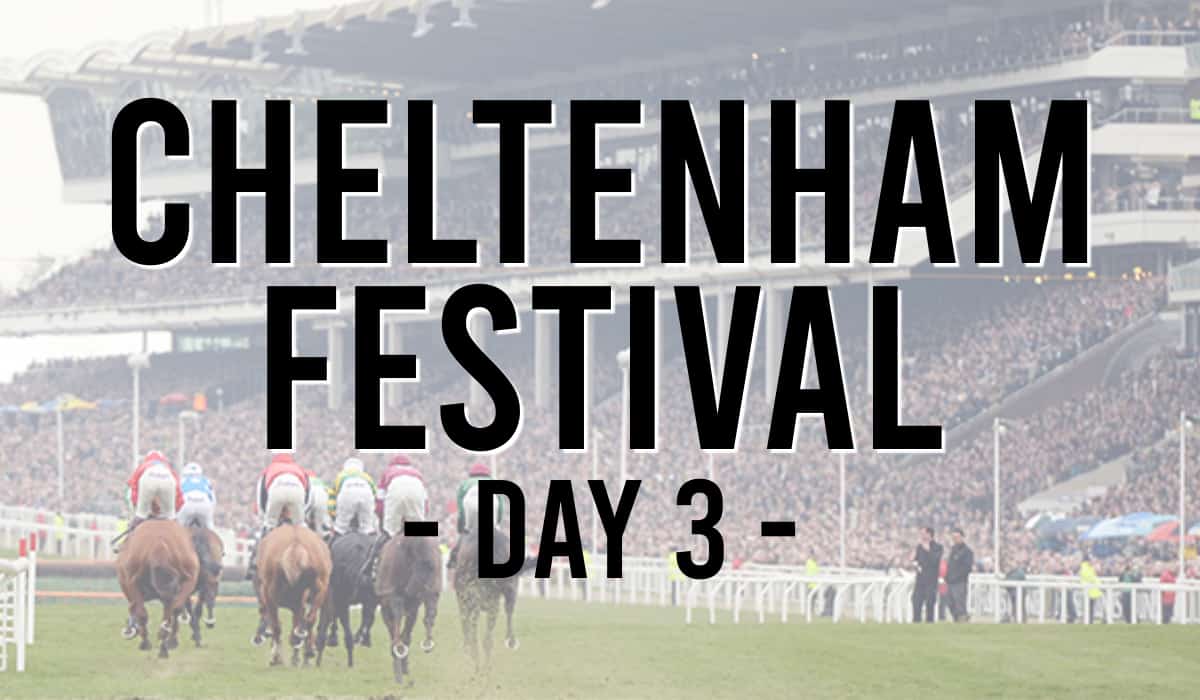
- Cheltenham Festival Day 4
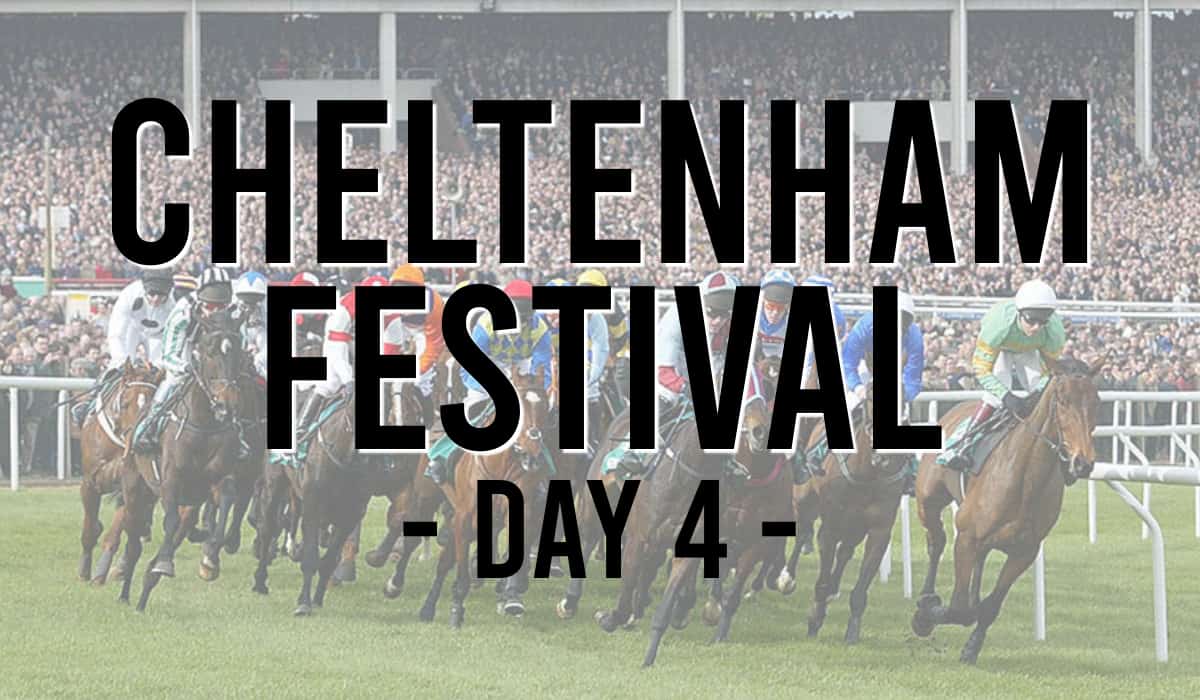
- Cheltenham Festival Tips
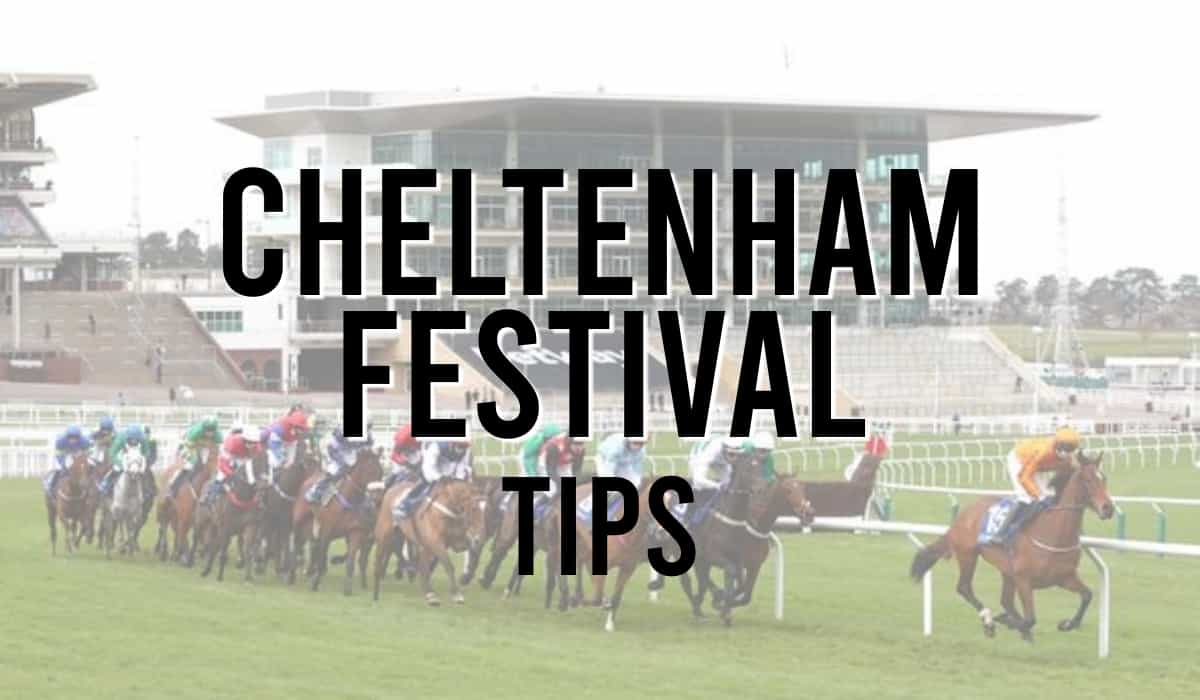
- Daily Double Betting Tips
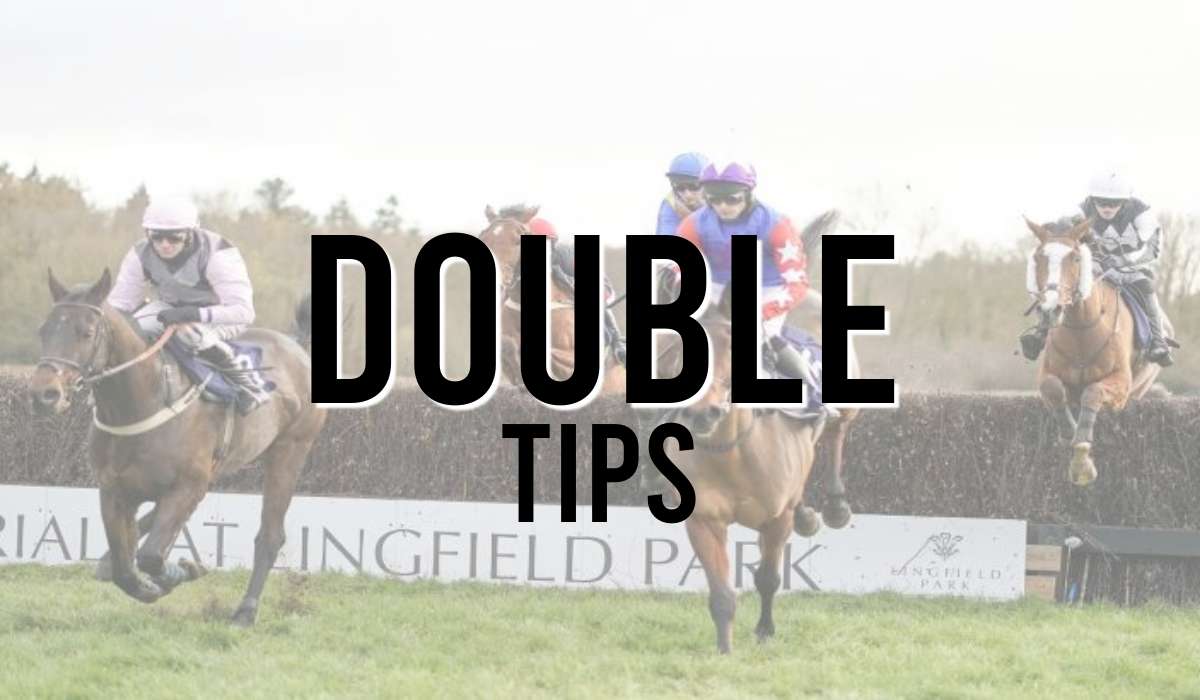
- Dan Skelton Best Cheltenham Bets

- Dark Horse Tips
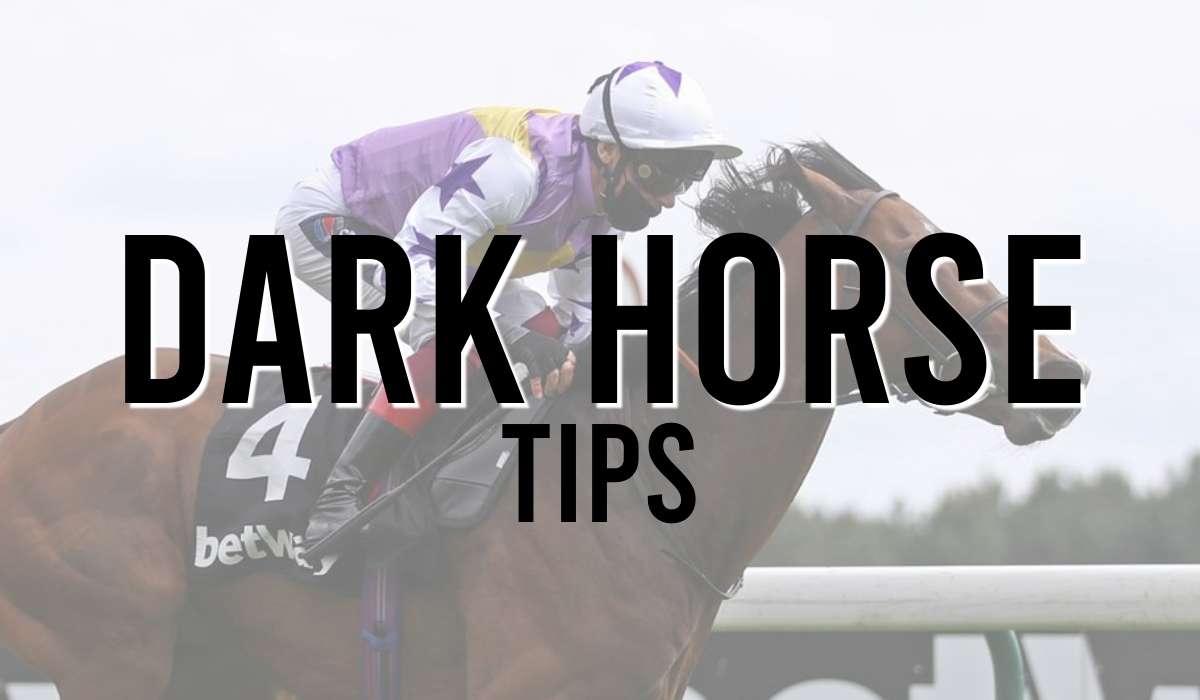
- David Dooley Horse Racing Tipster
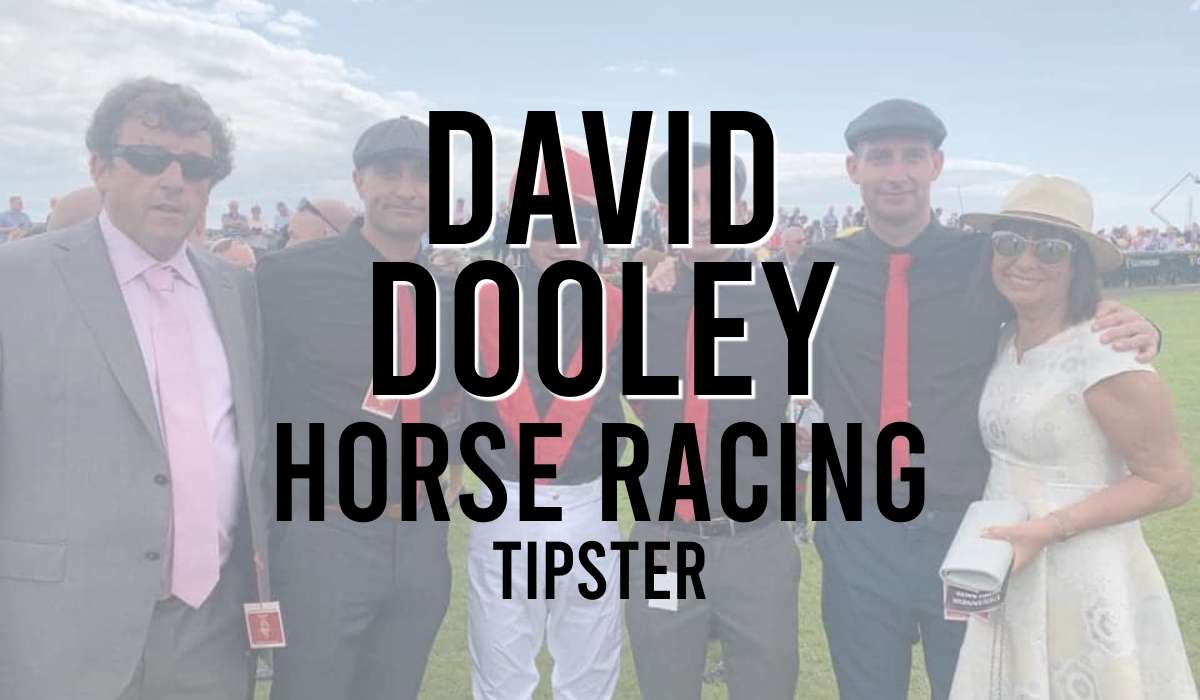
- Each Way Tips
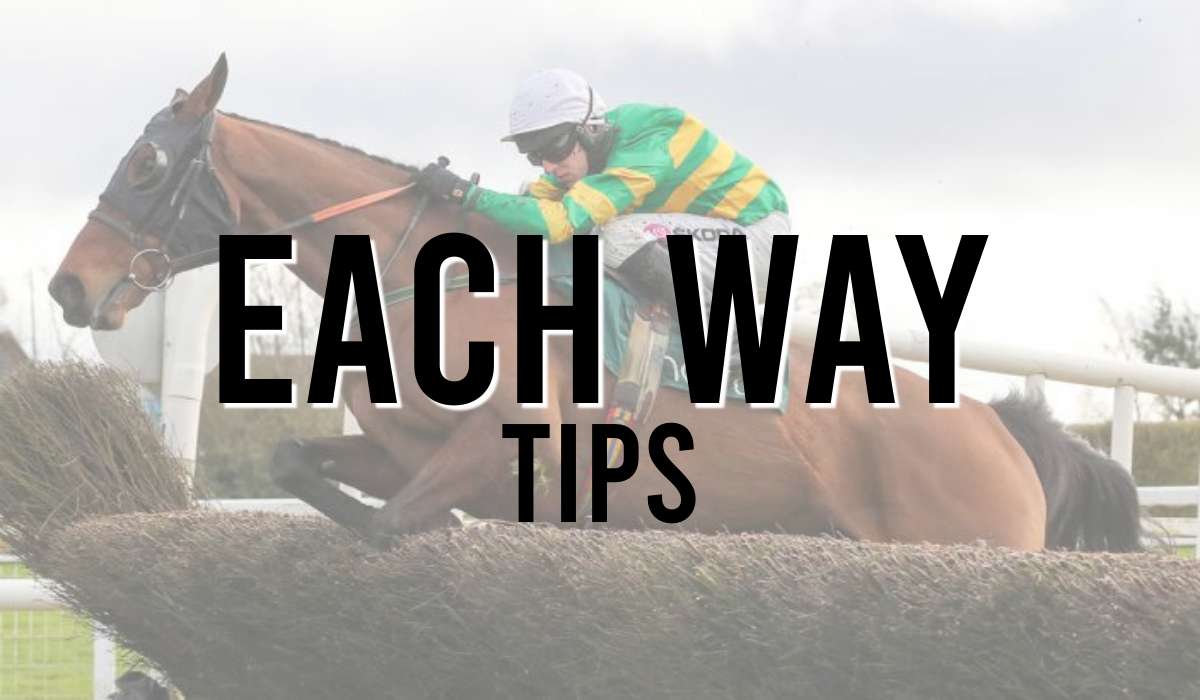
- Free Horse Racing Tips Today
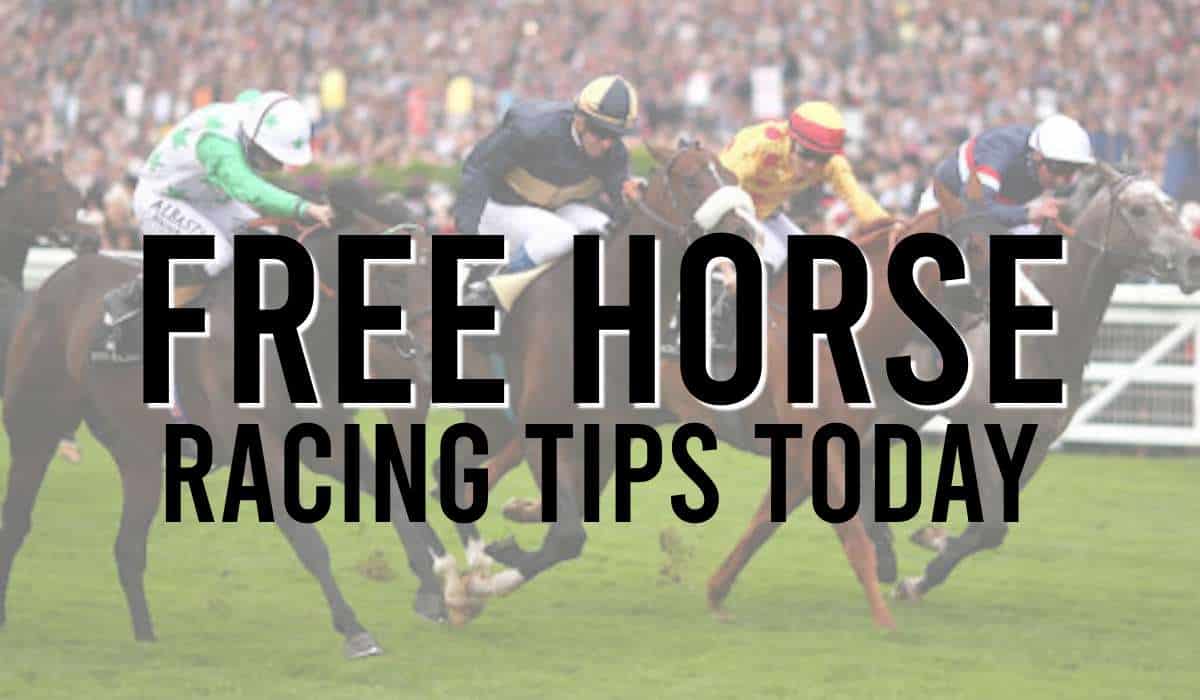
- Garry Owen Tips

- Glorious Goodwood Day 1 Tips
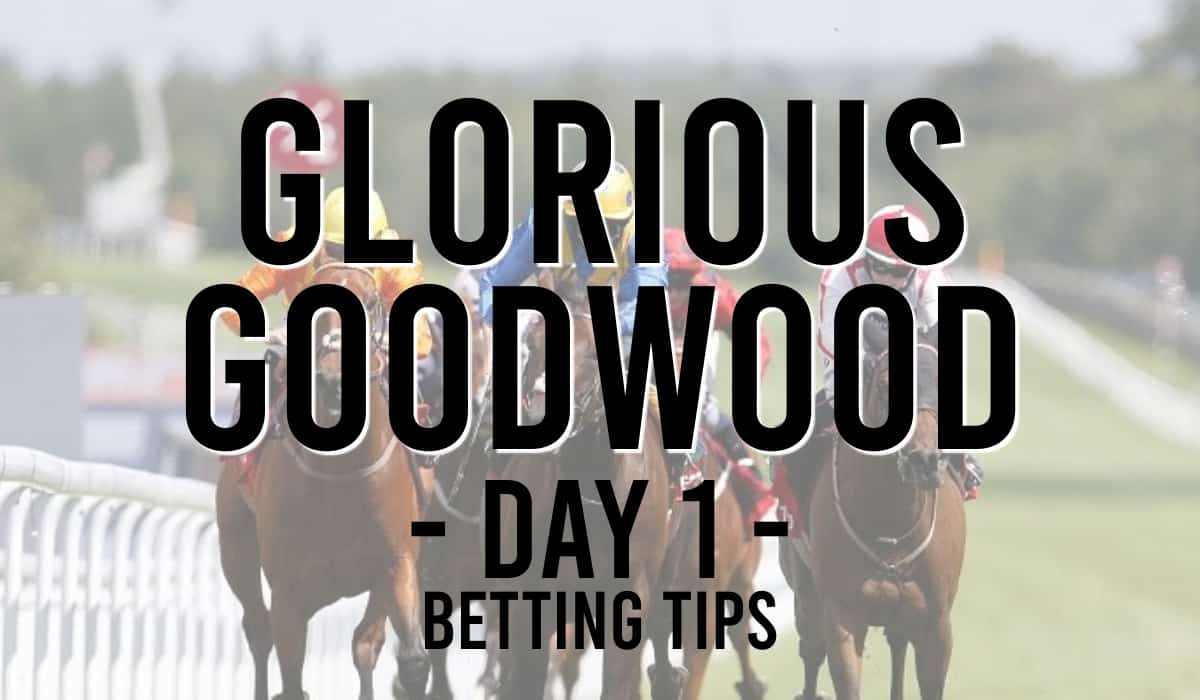
- Glorious Goodwood Day 3 Tips
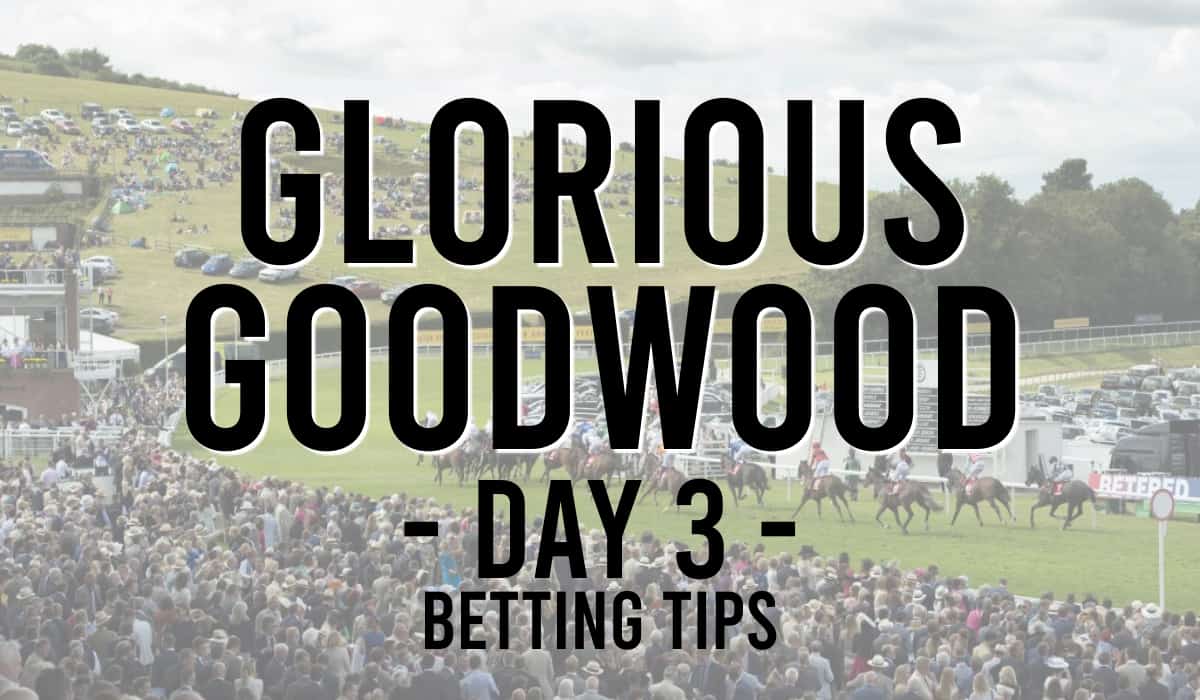
- Glorious Goodwood Day 4 Tips
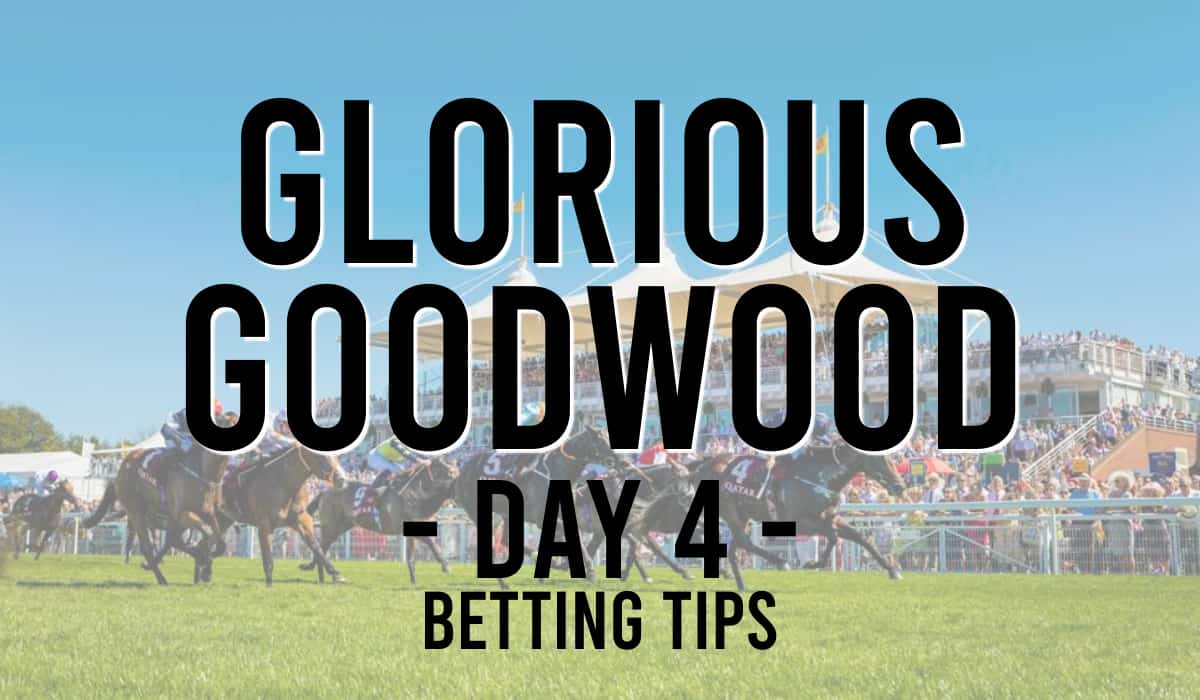
- Glorious Goodwood Day 5 Tips
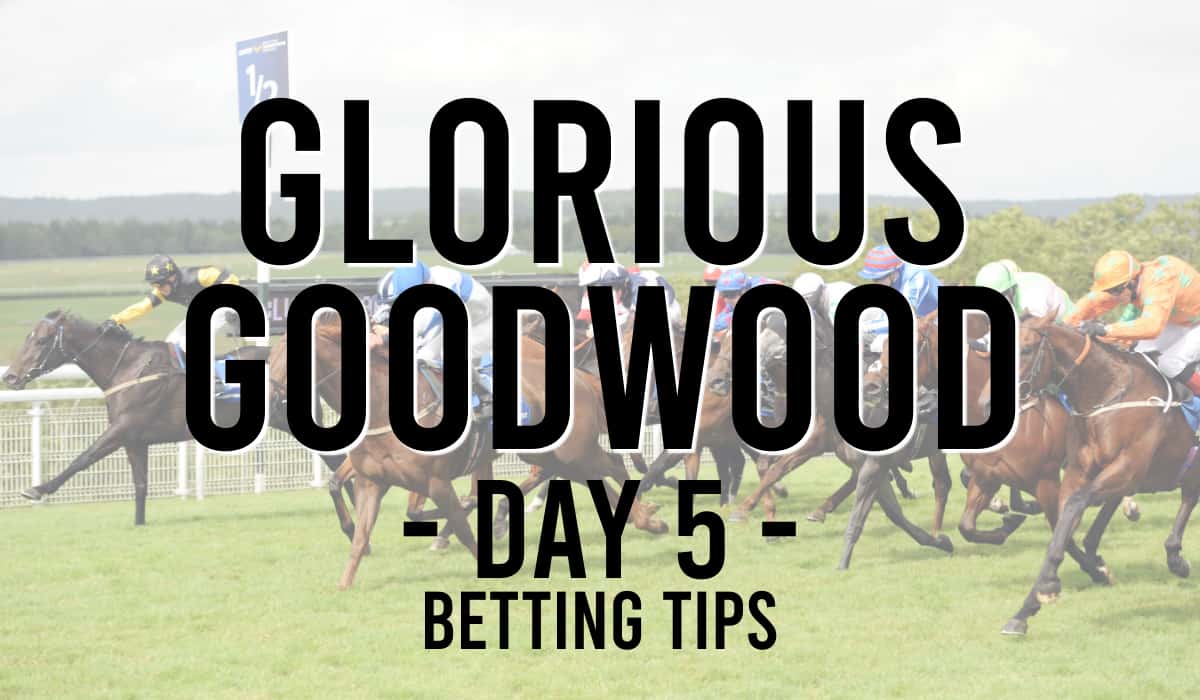
- Gordon Elliott Best Cheltenham Bets

- Grand National Tips
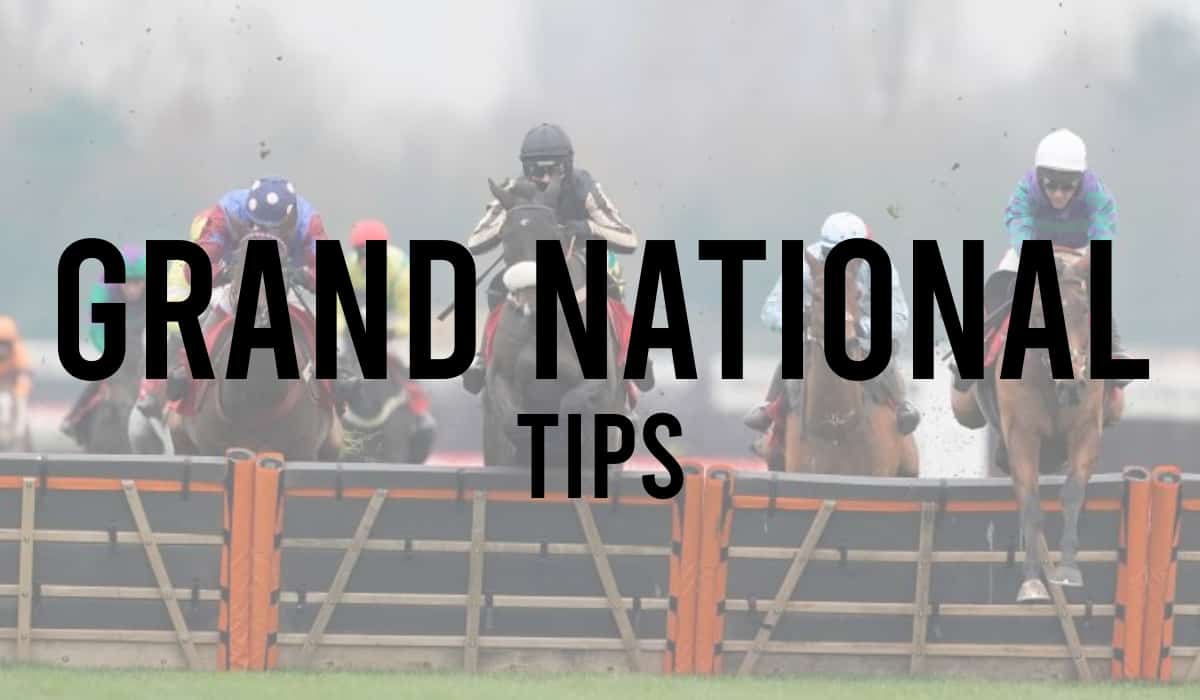
- Guineas Festival Day 3 Betting Tips
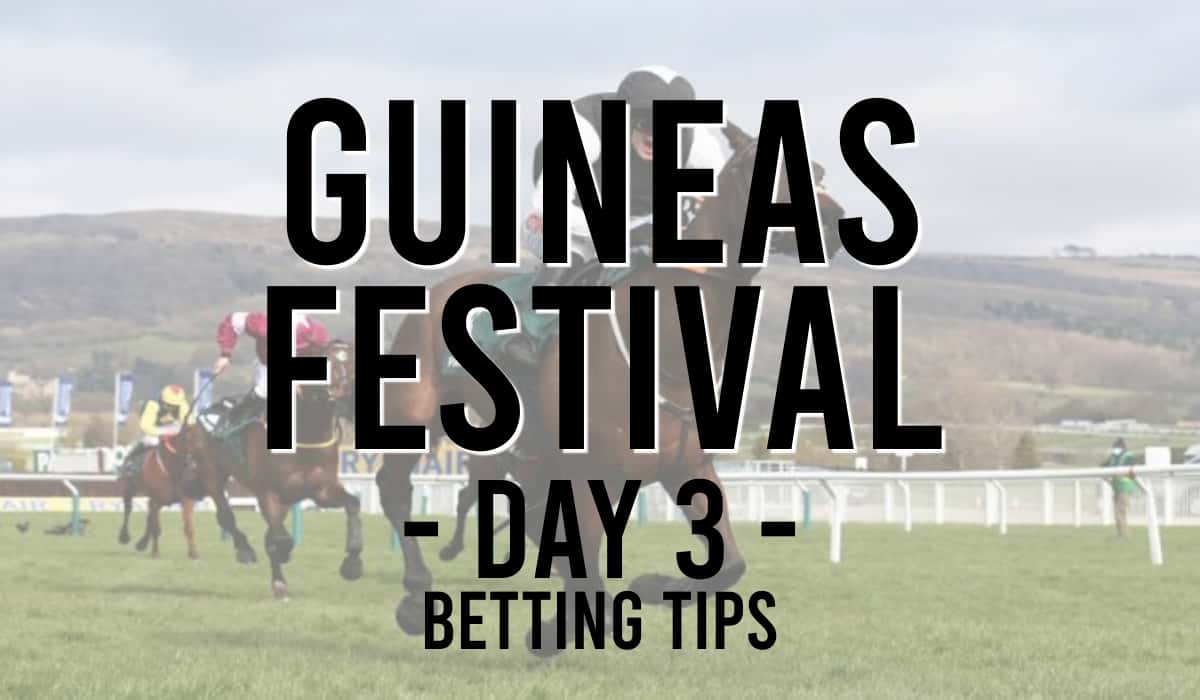
- Henry De Bromhead Best Cheltenham Bets
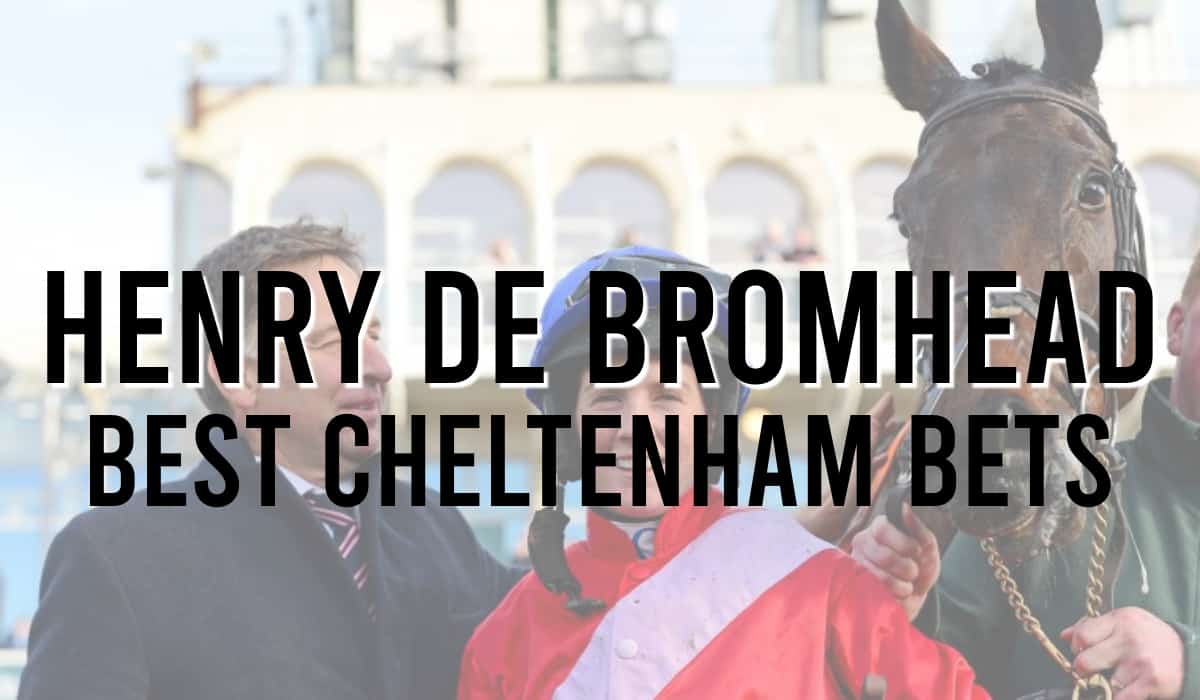
- Horse Racing Big Bets
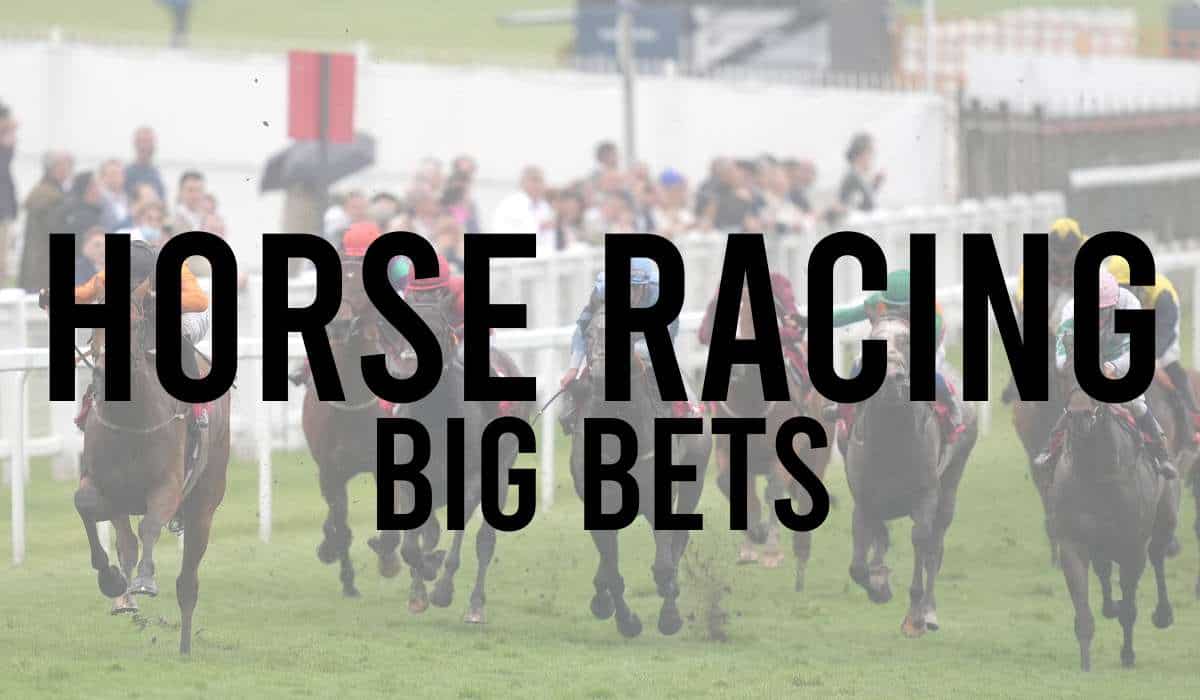
- How to Pick a Winning Horse
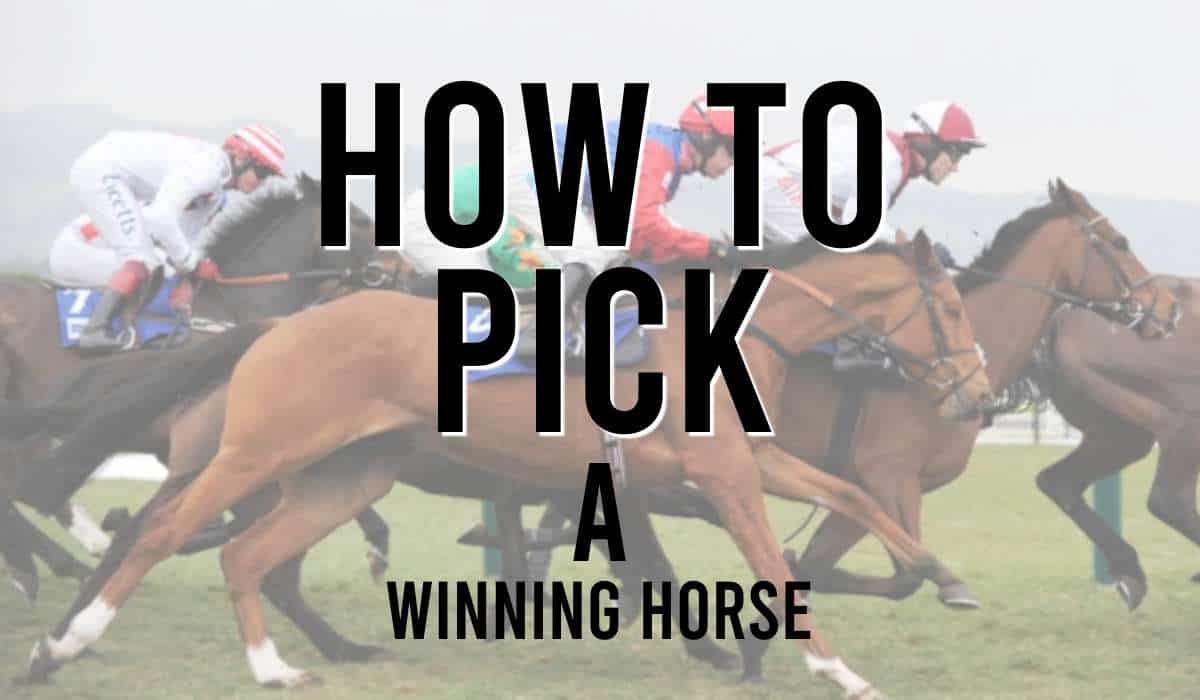
- Jason Heavey Tips
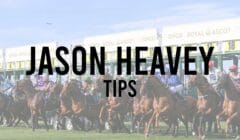
- Jim Delahunt Tips
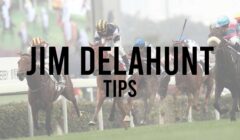
- Justhorseracing Tips
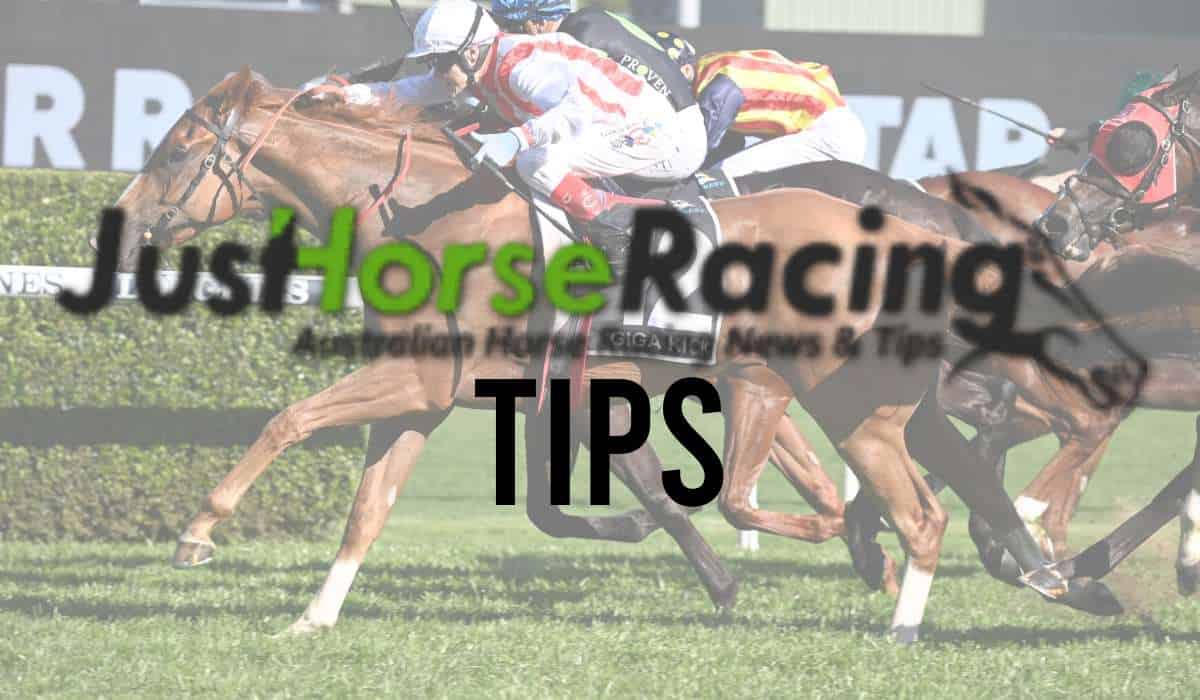
- Longshot Tips
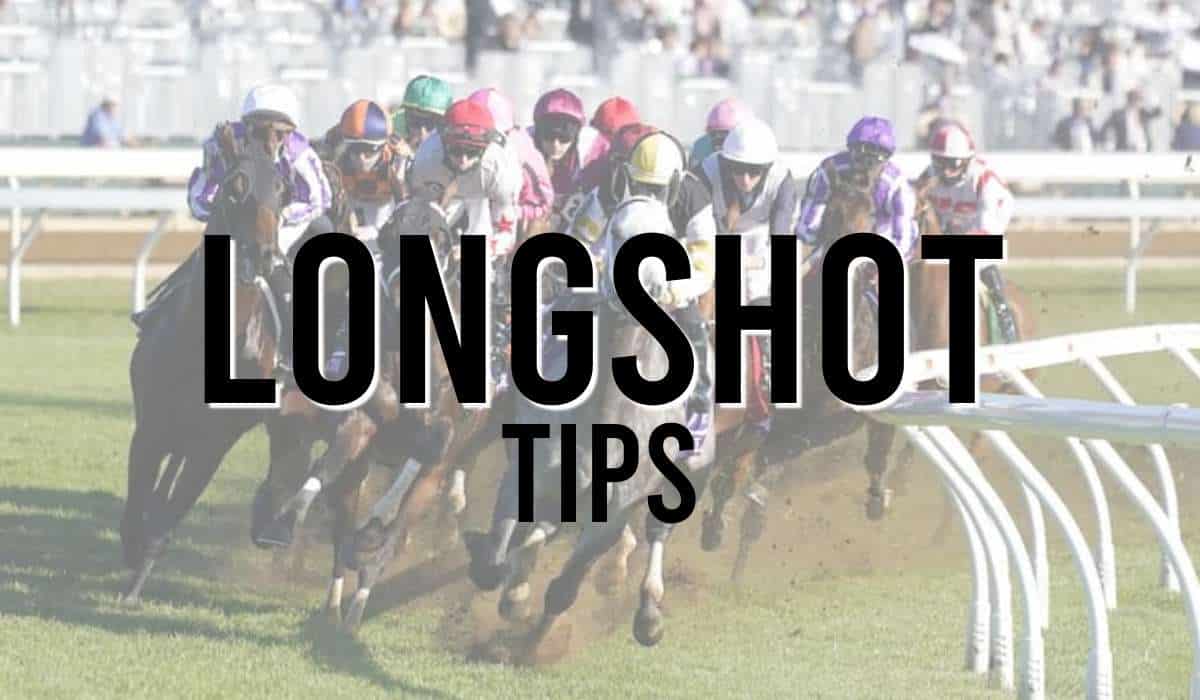
- Lucky 15 Tips
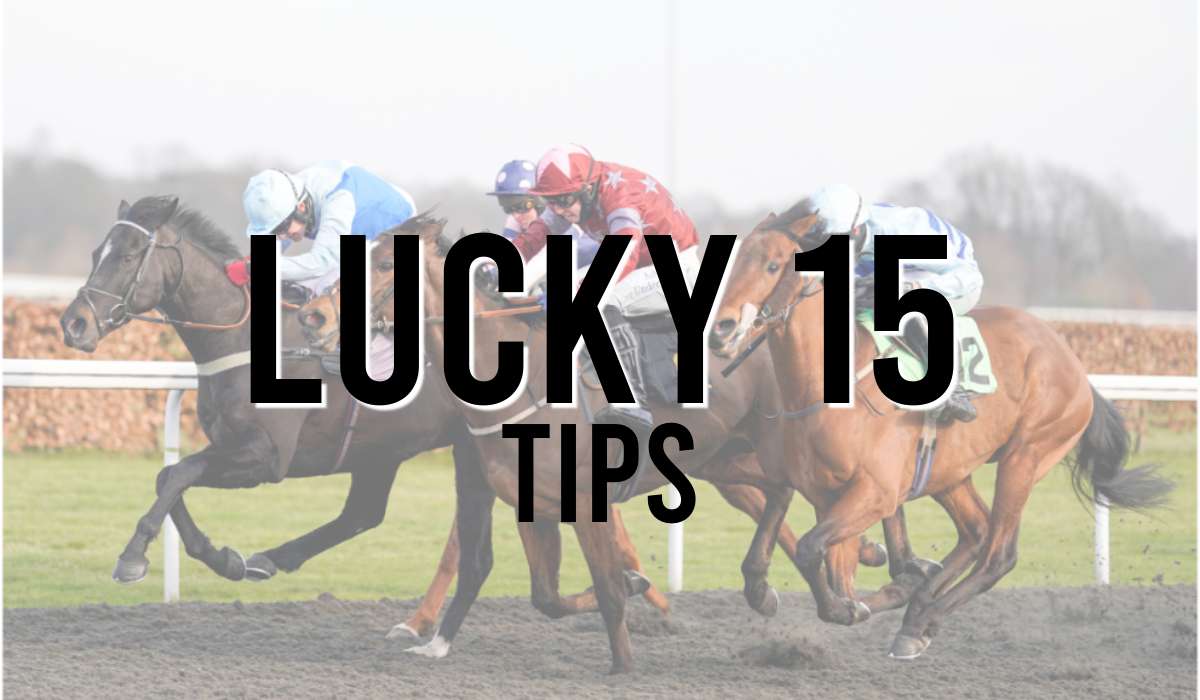
- Lucky 31 Tips
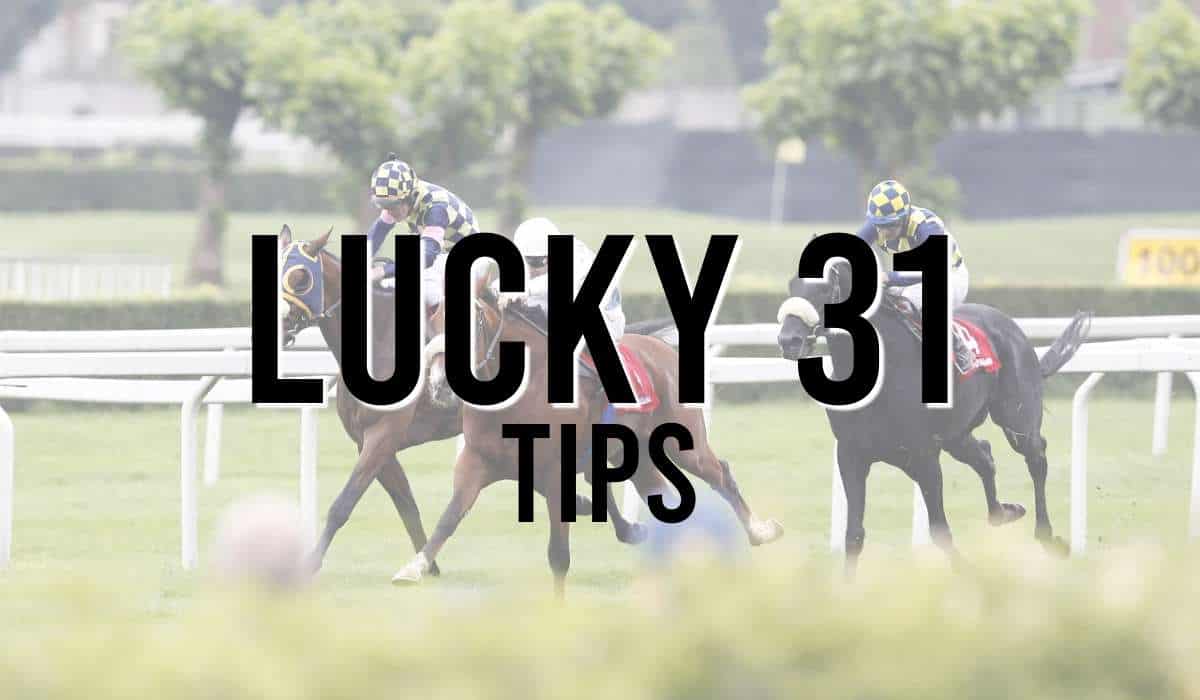
- Lucky 63 Tips
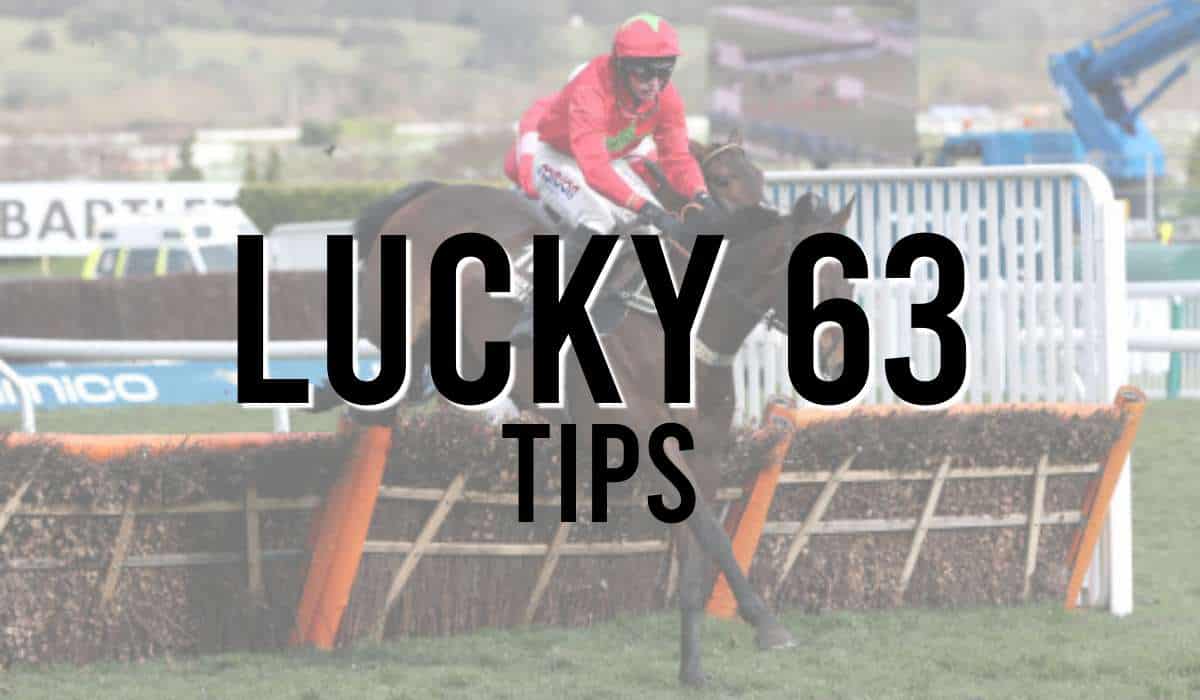
- Nap Of The Day
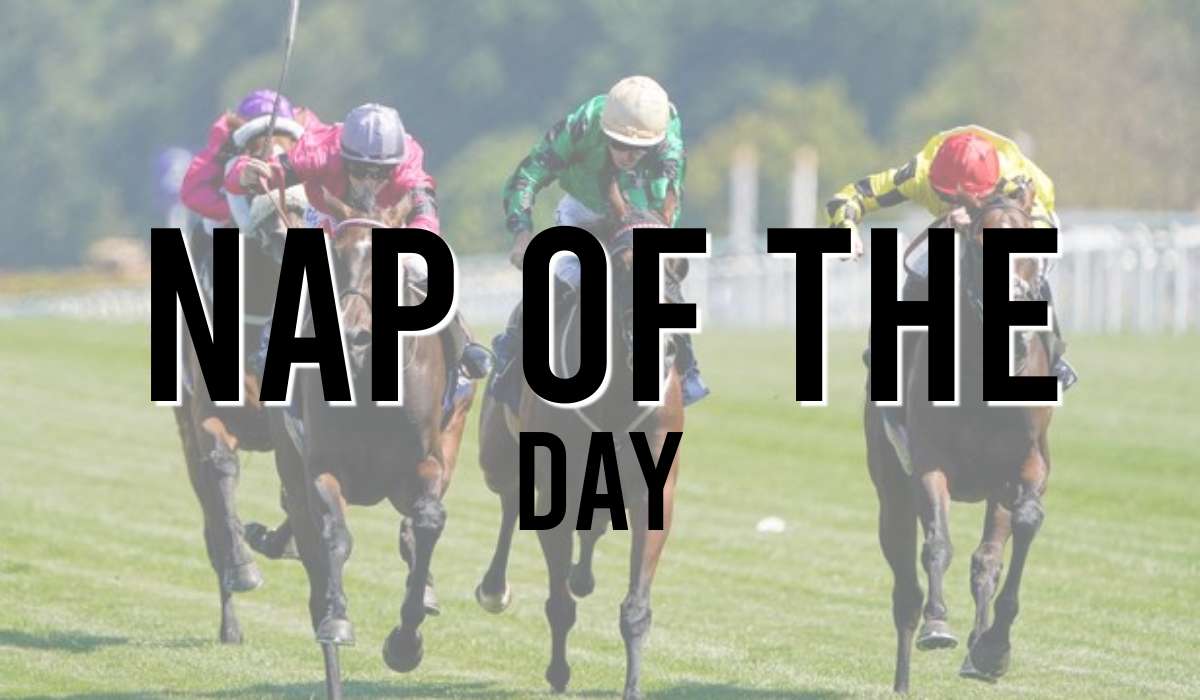
- Newsboy Tips
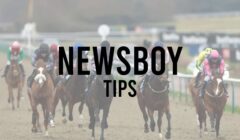
- Nicky Henderson Best Cheltenham Bets

- Outsider Tips
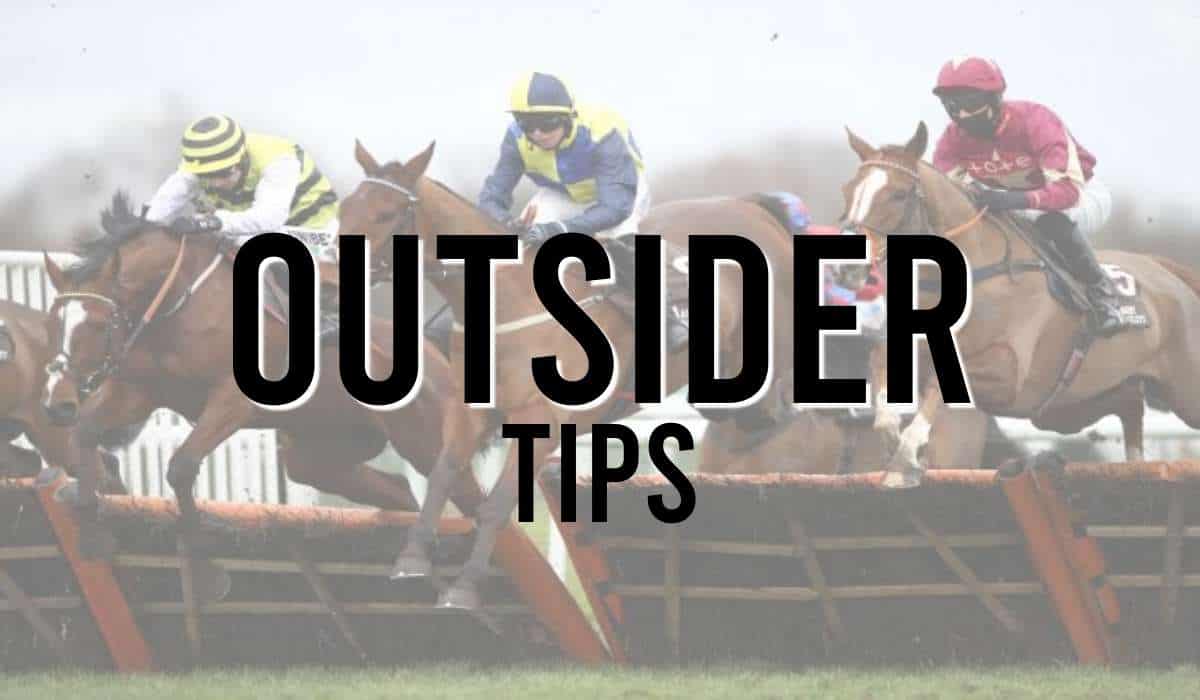
- Patent Bet Tips
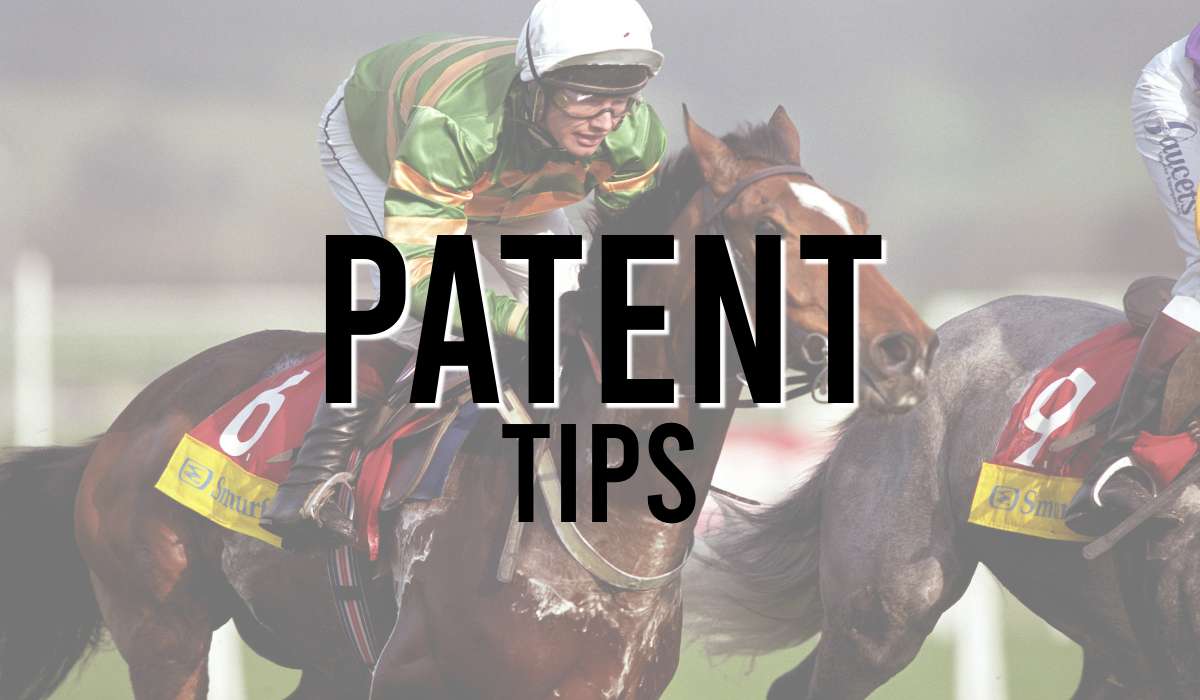
- Paul Nicholls Best Cheltenham Bets
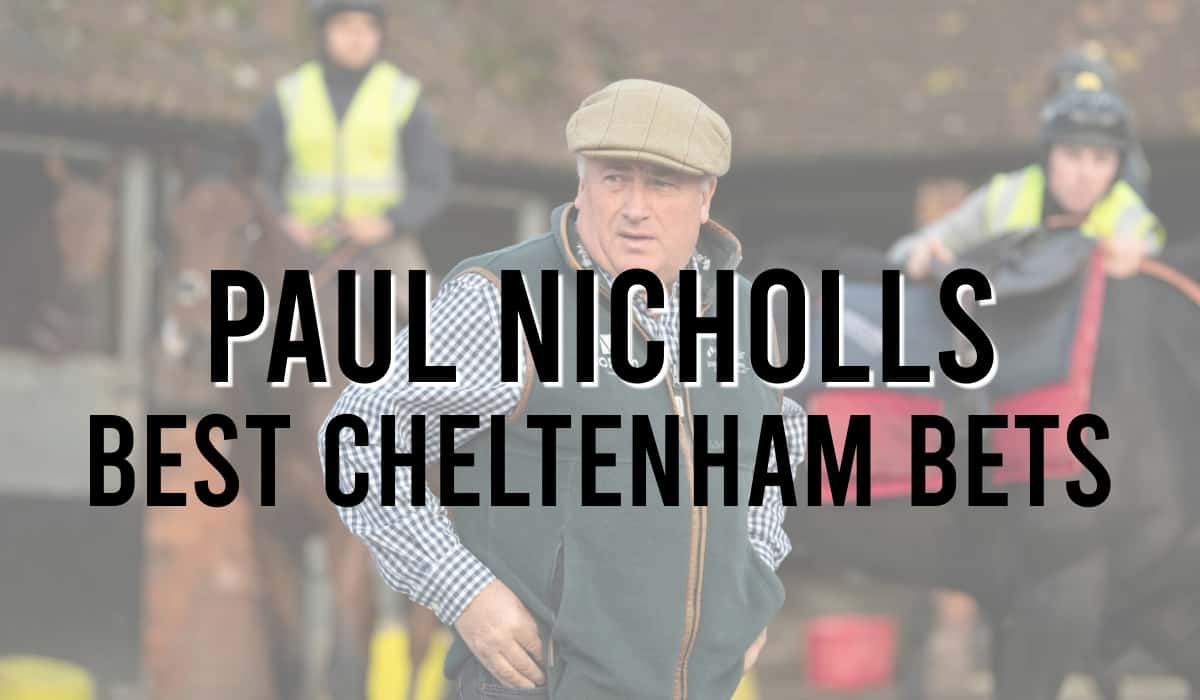
- Punchestown Festival Day 1 Tips
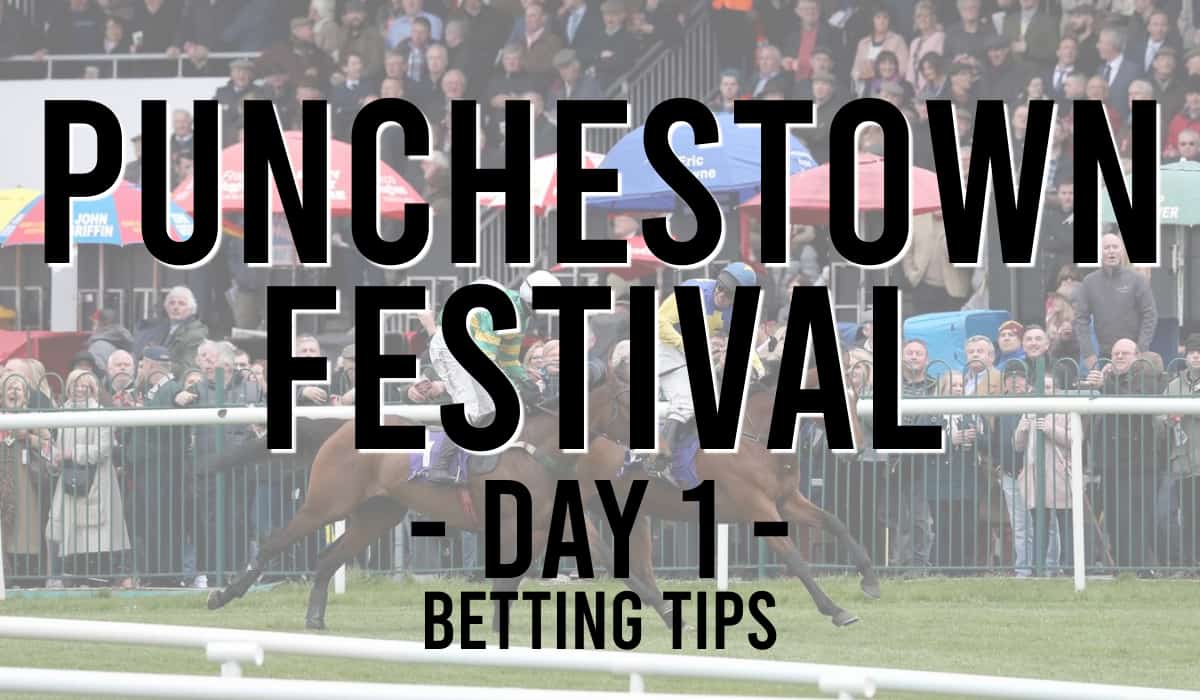
- Punchestown Festival DAY 2 Tips
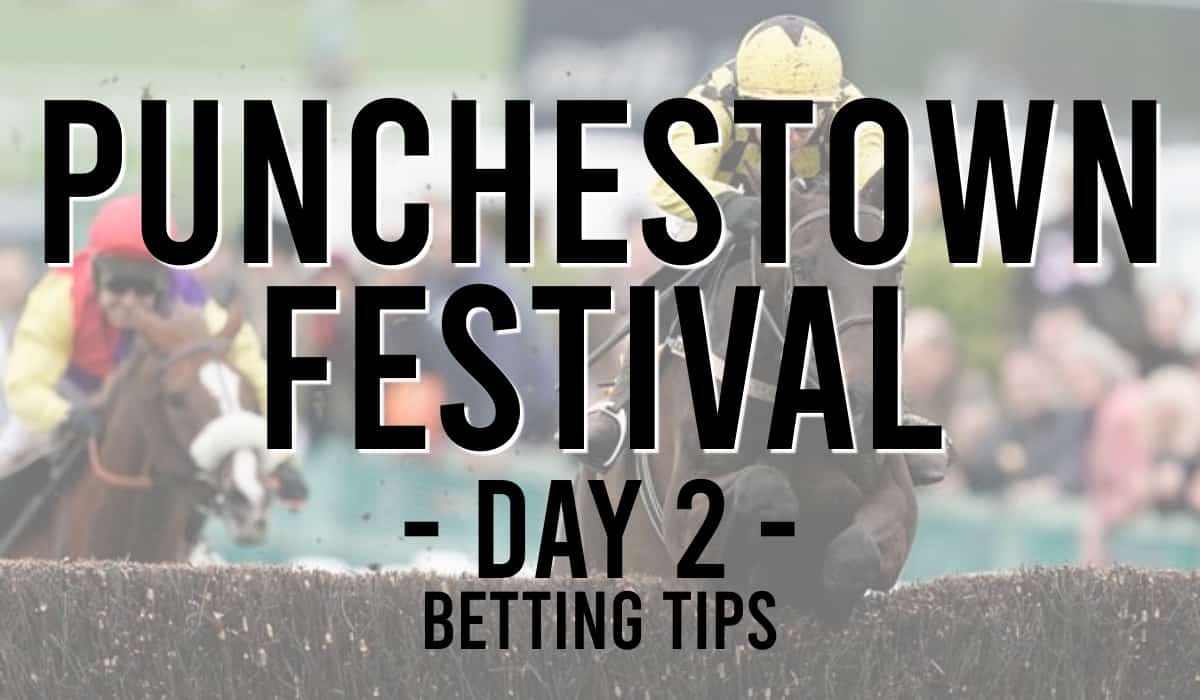
- Punchestown Festival DAY 3 Tips
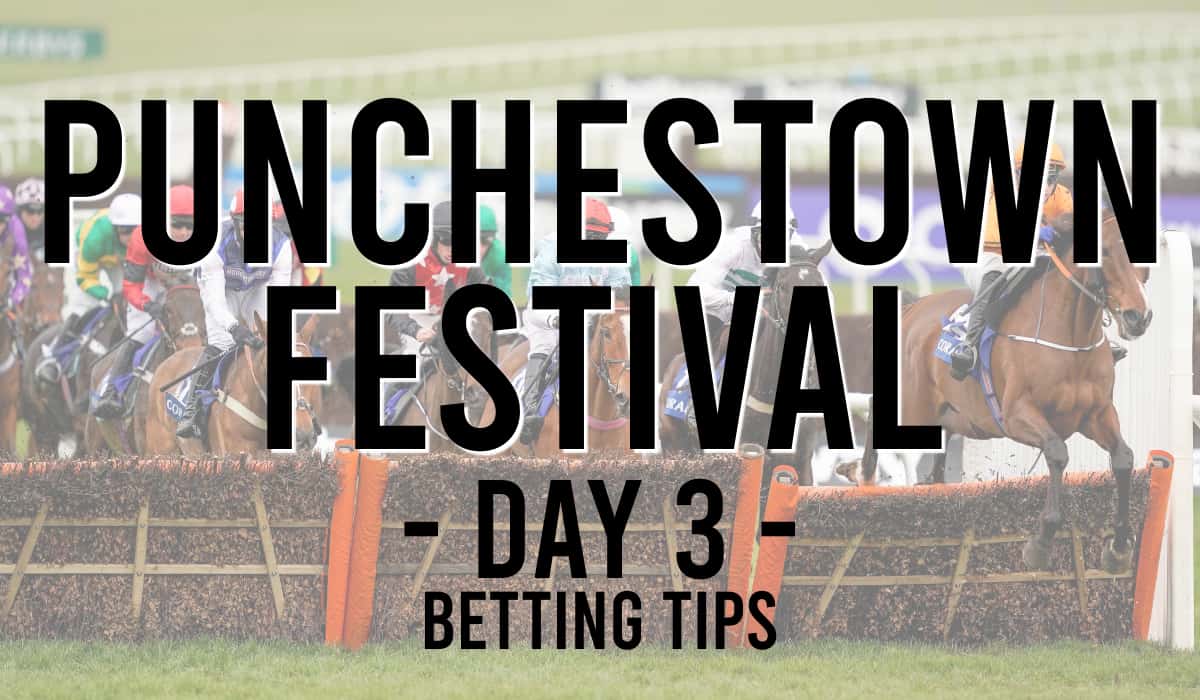
- Punchestown Festival DAY 4 Tips
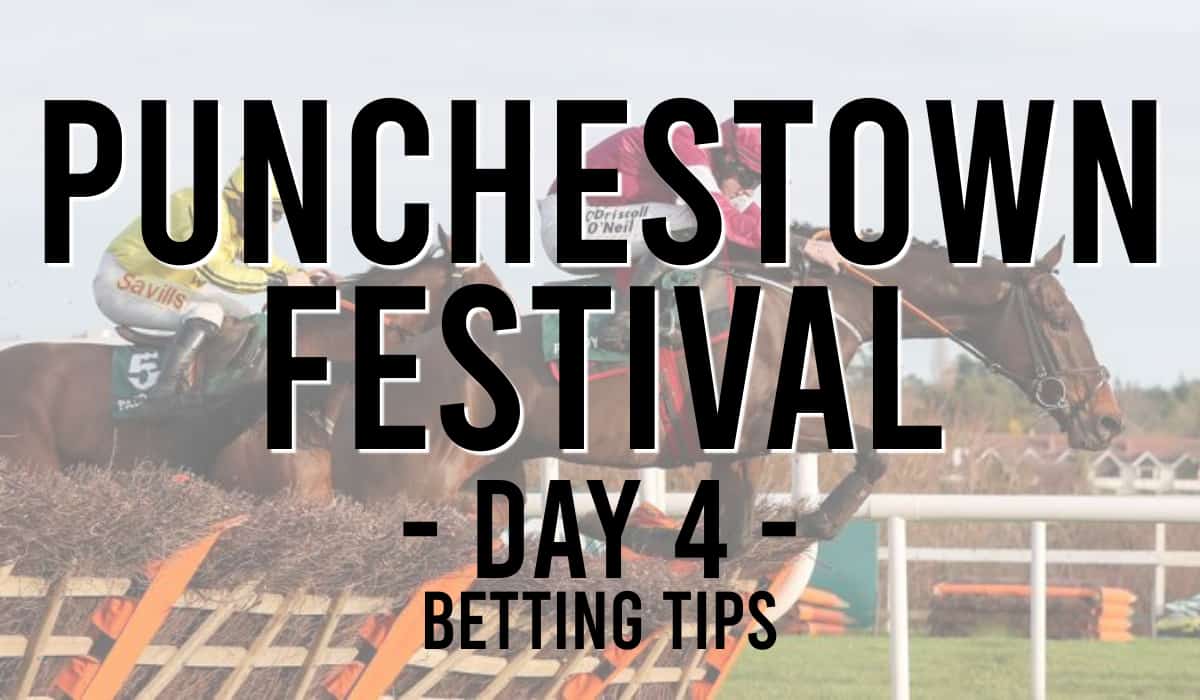
- Punchestown Festival DAY 5 Tips
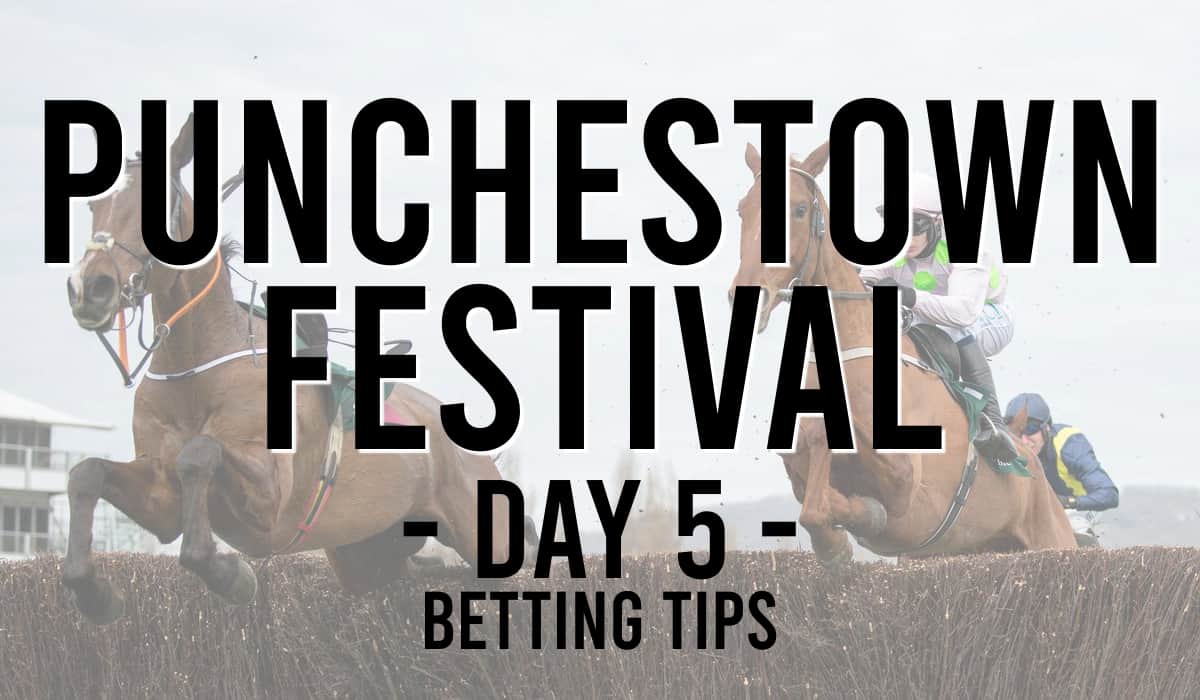
- Racing Posts Tips
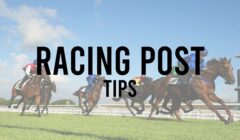
- Racing TV Tips
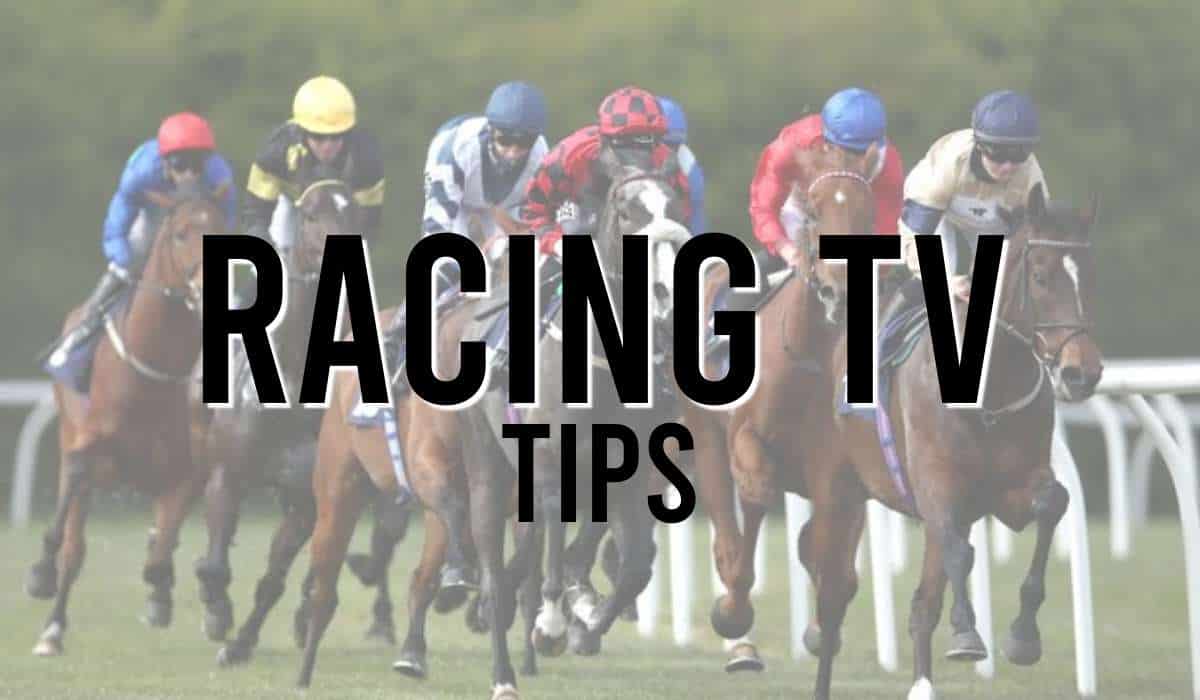
- Rob Wright Tips
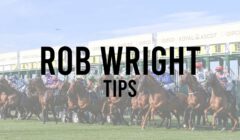
- Robin Goodfellow Tips

- Round Robin Tips
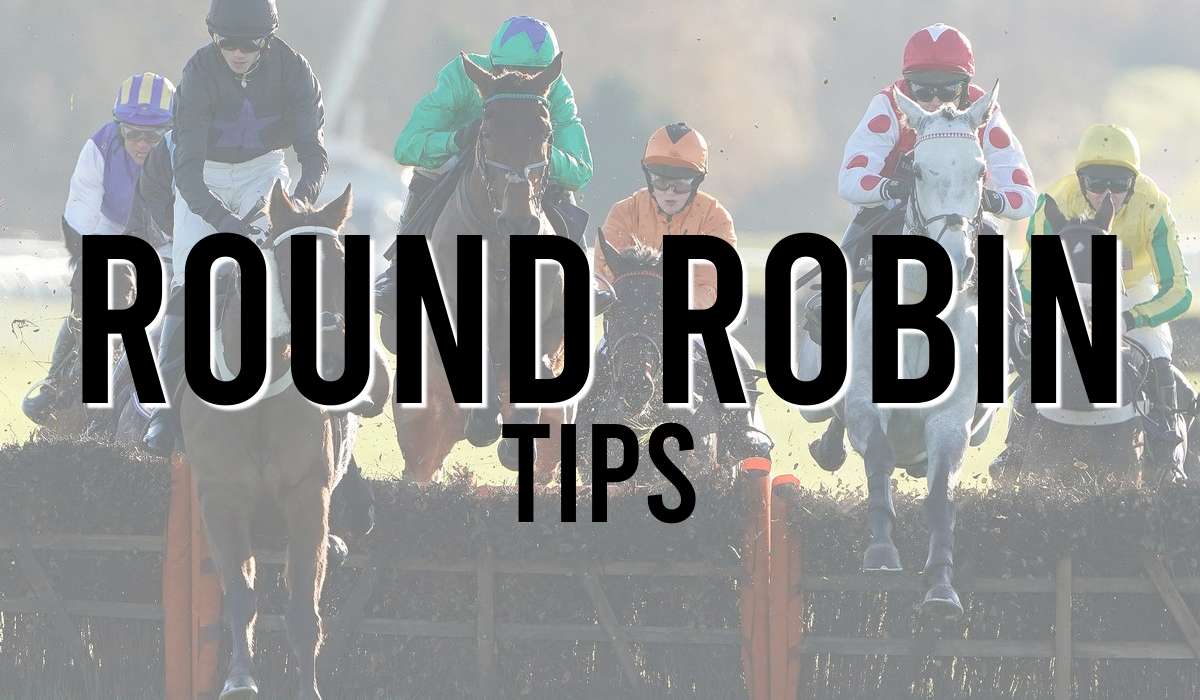
- Royal Ascot Day 1 Tips
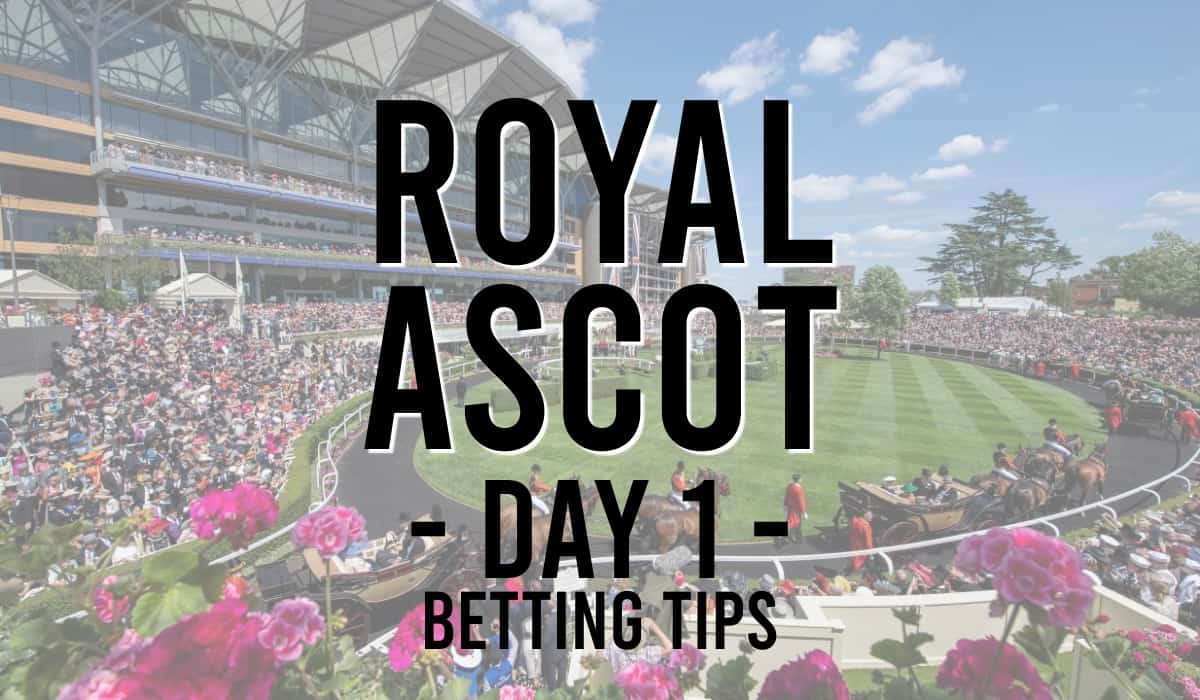
- Royal Ascot Day 2 Tips
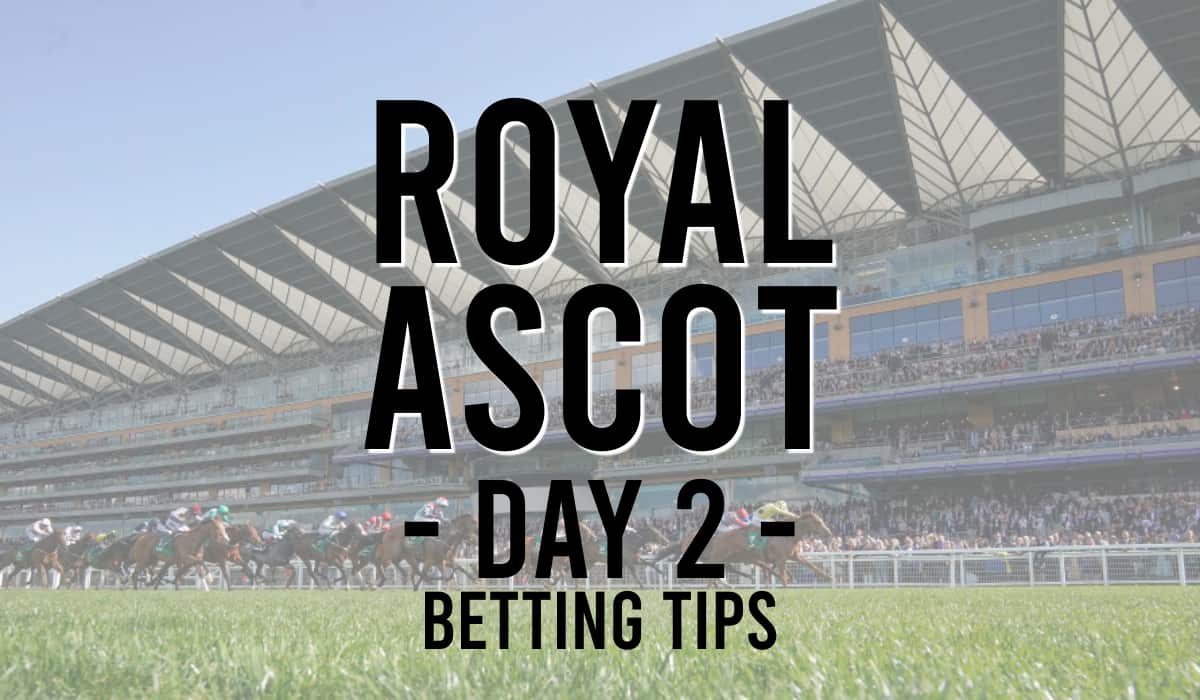
- Royal Ascot Day 3 Tips
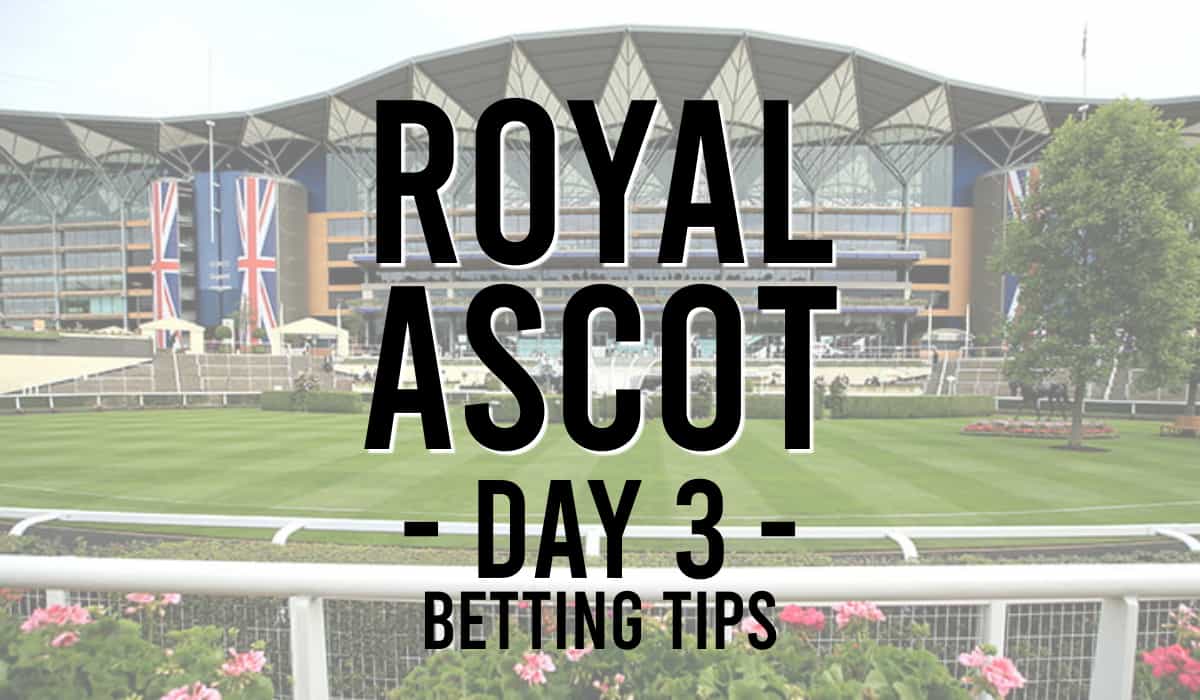
- Royal Ascot Day 4 Tips
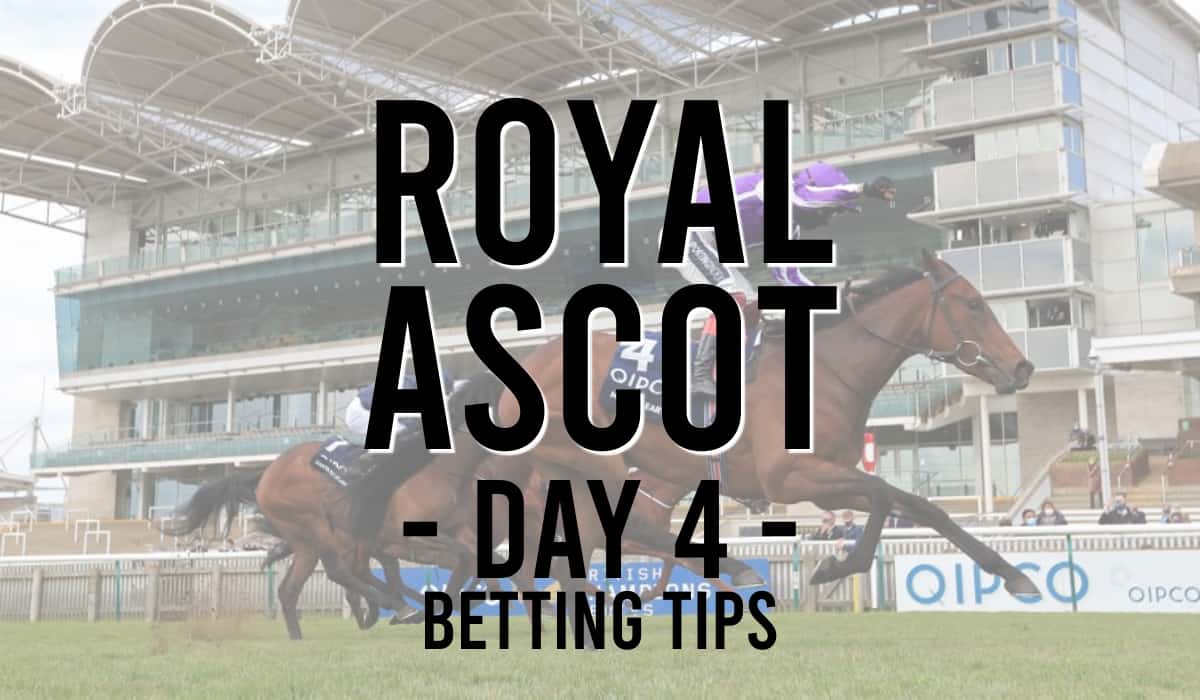
- Royal Ascot Day 5 Tips
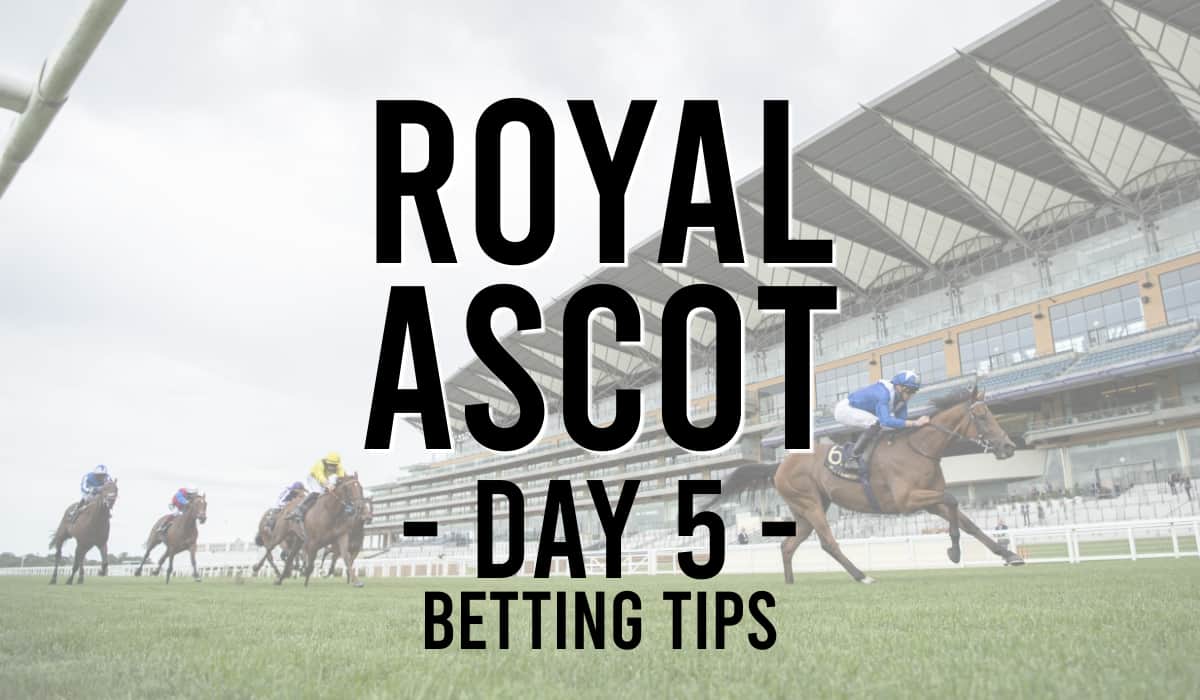
- Sky Sports Tips
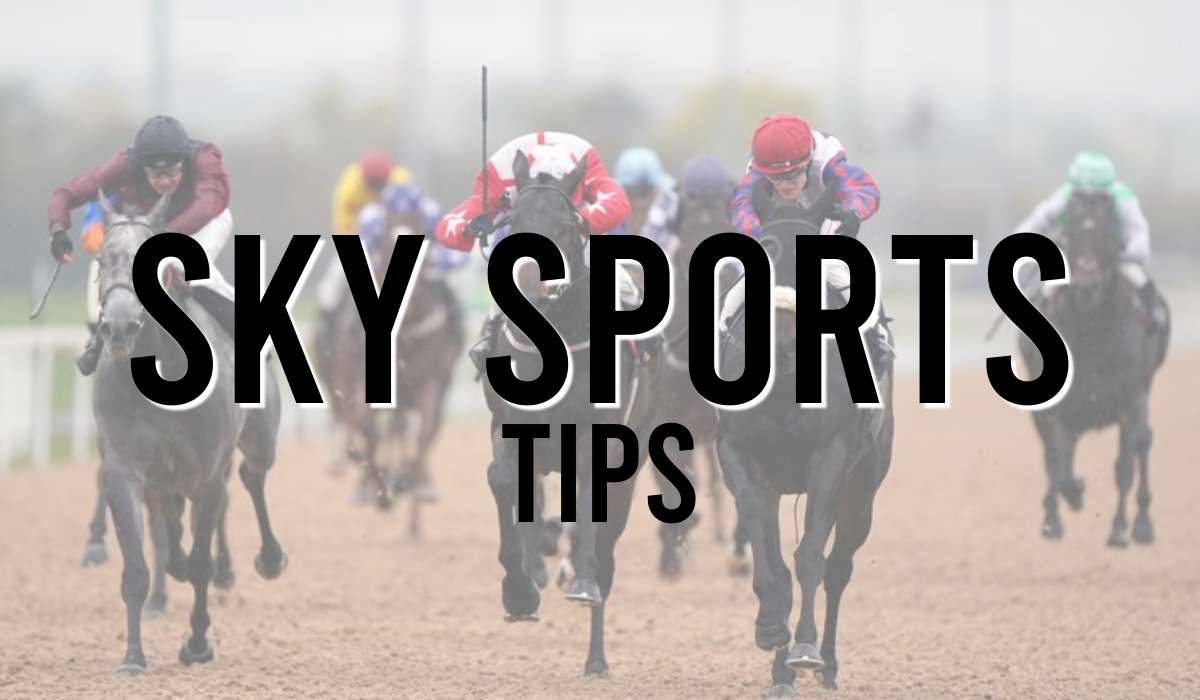
- Templegate Tips
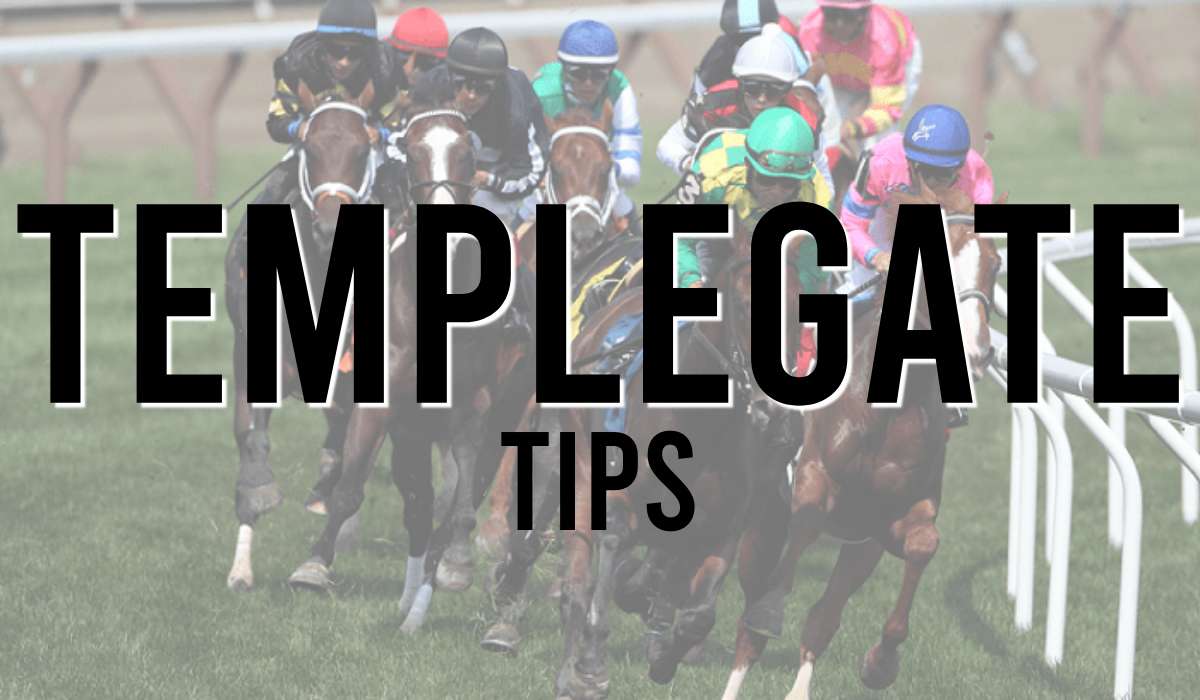
- Tipman Tips
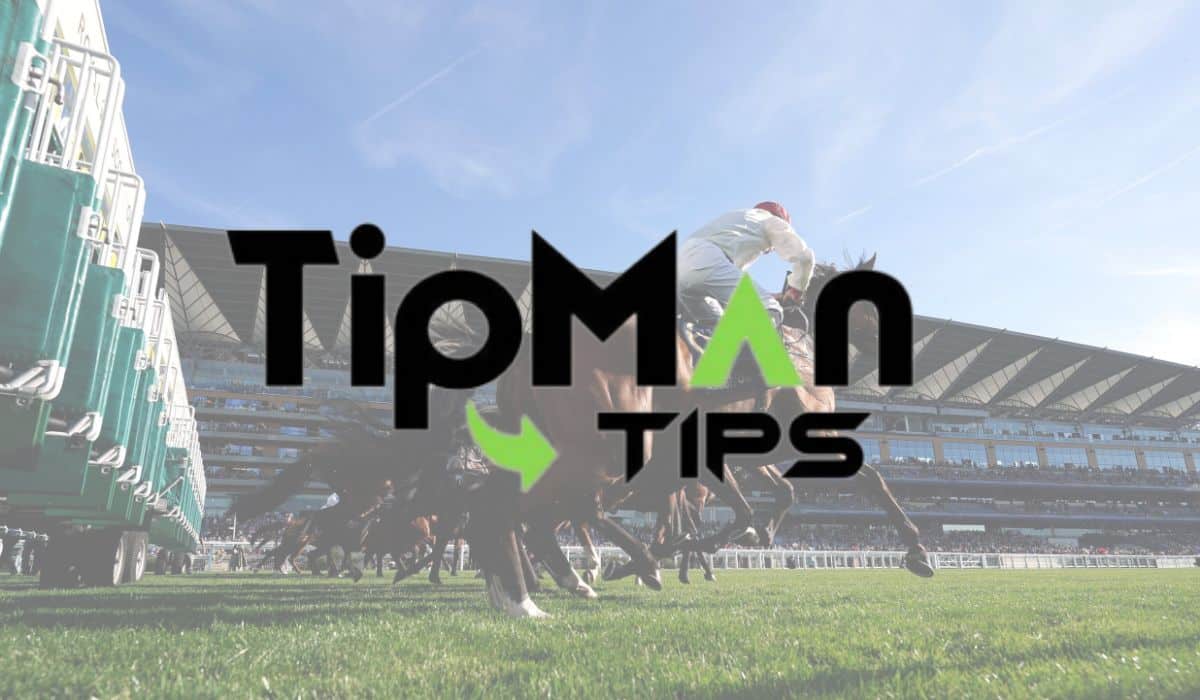
- Treble Tips
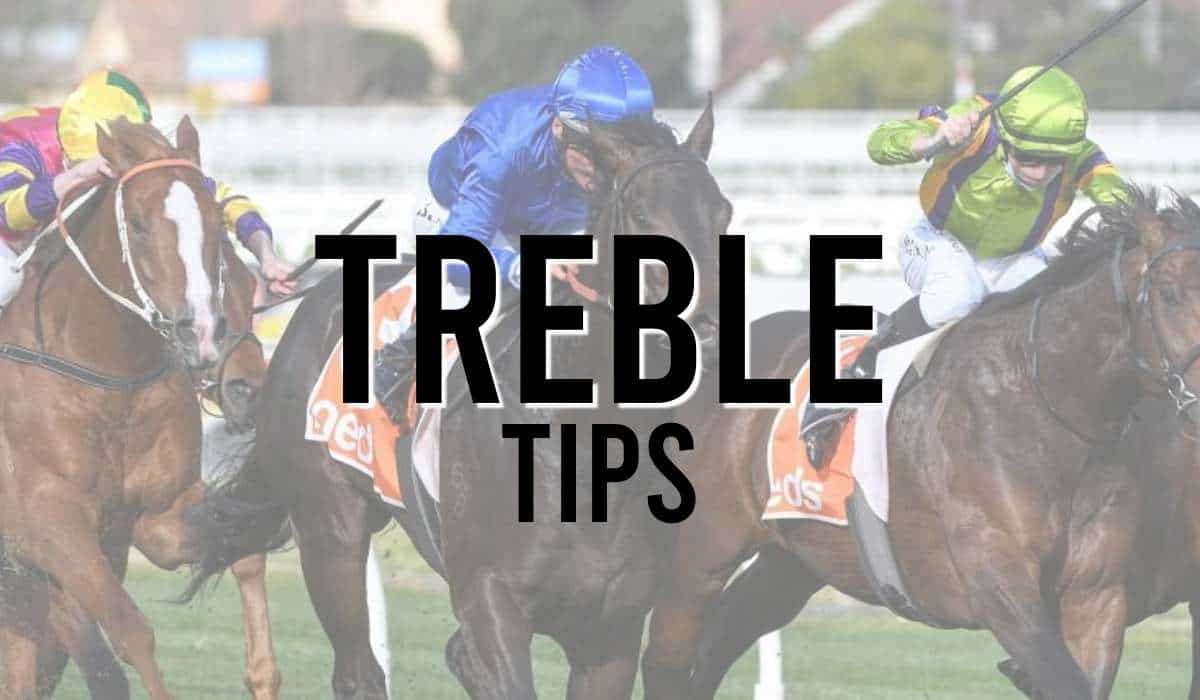
- Westcountry Winners
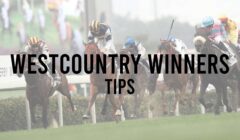
- Willie Mullins Best Cheltenham Bets
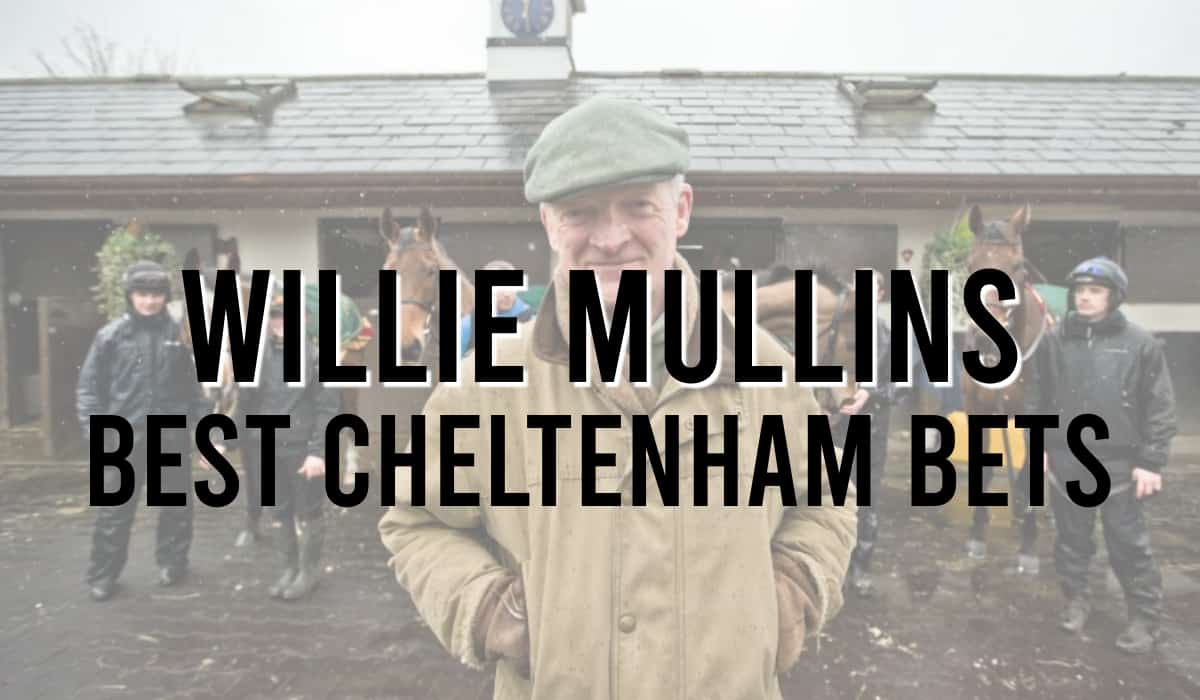
- Yankee Tips
